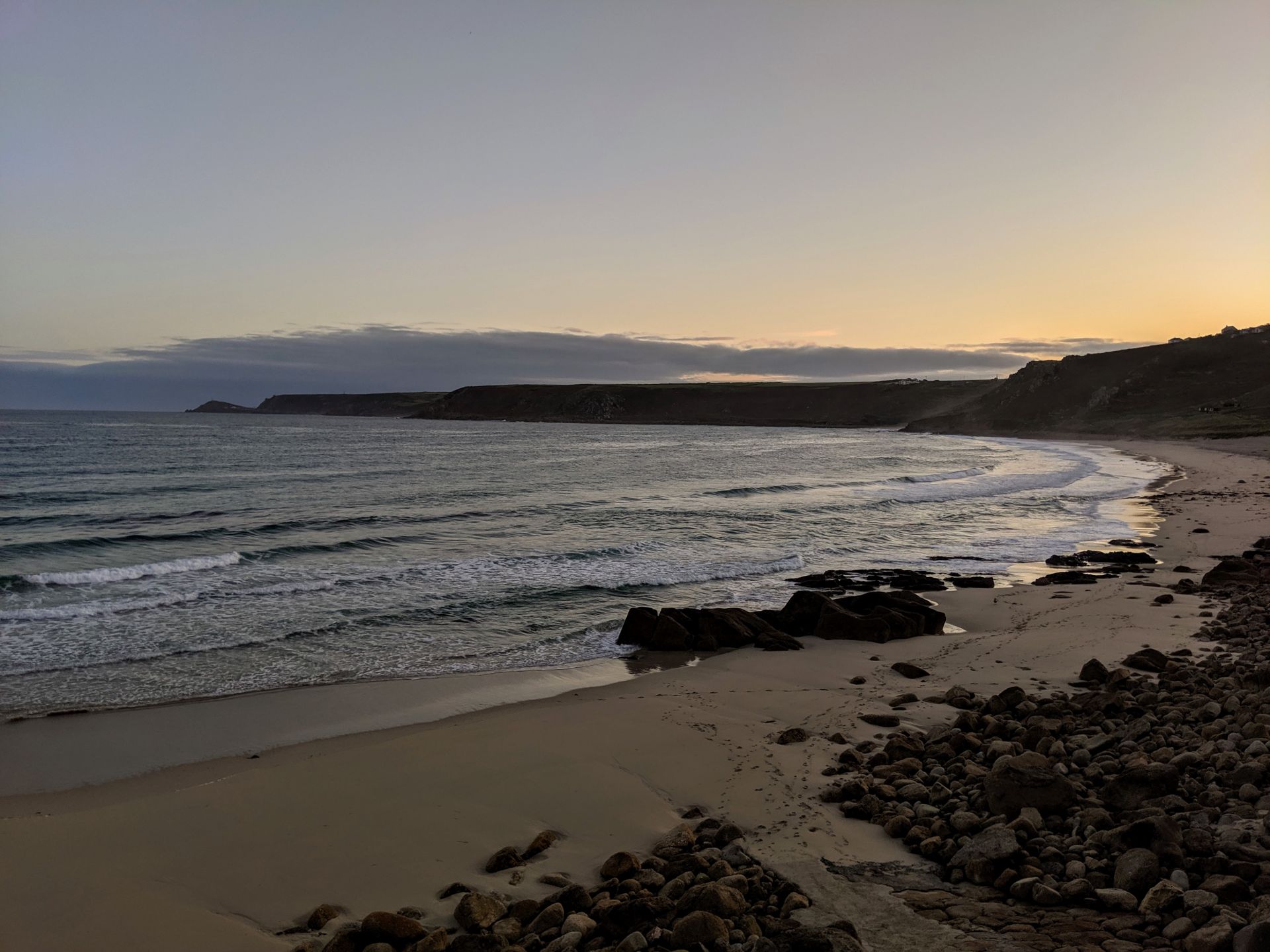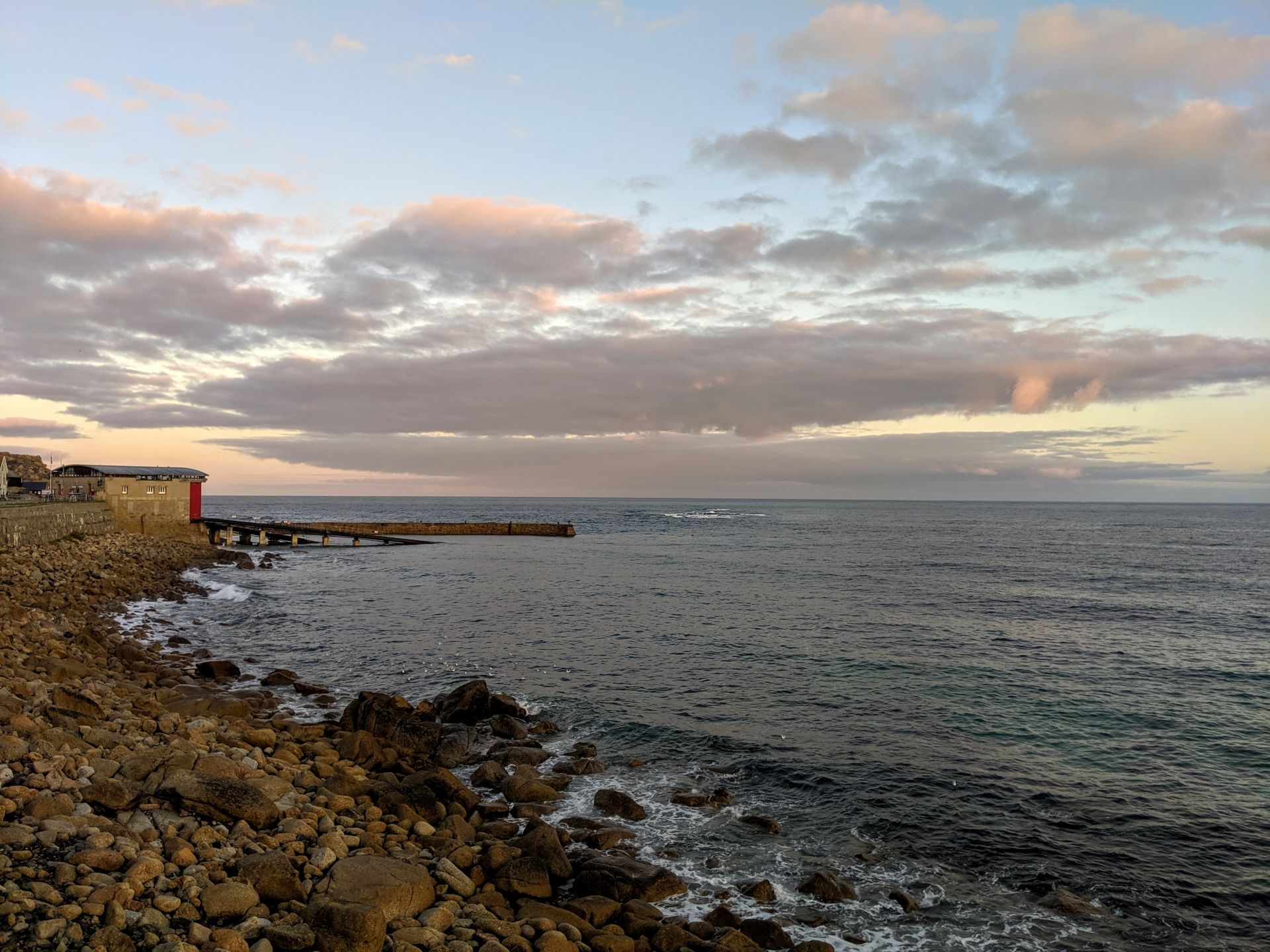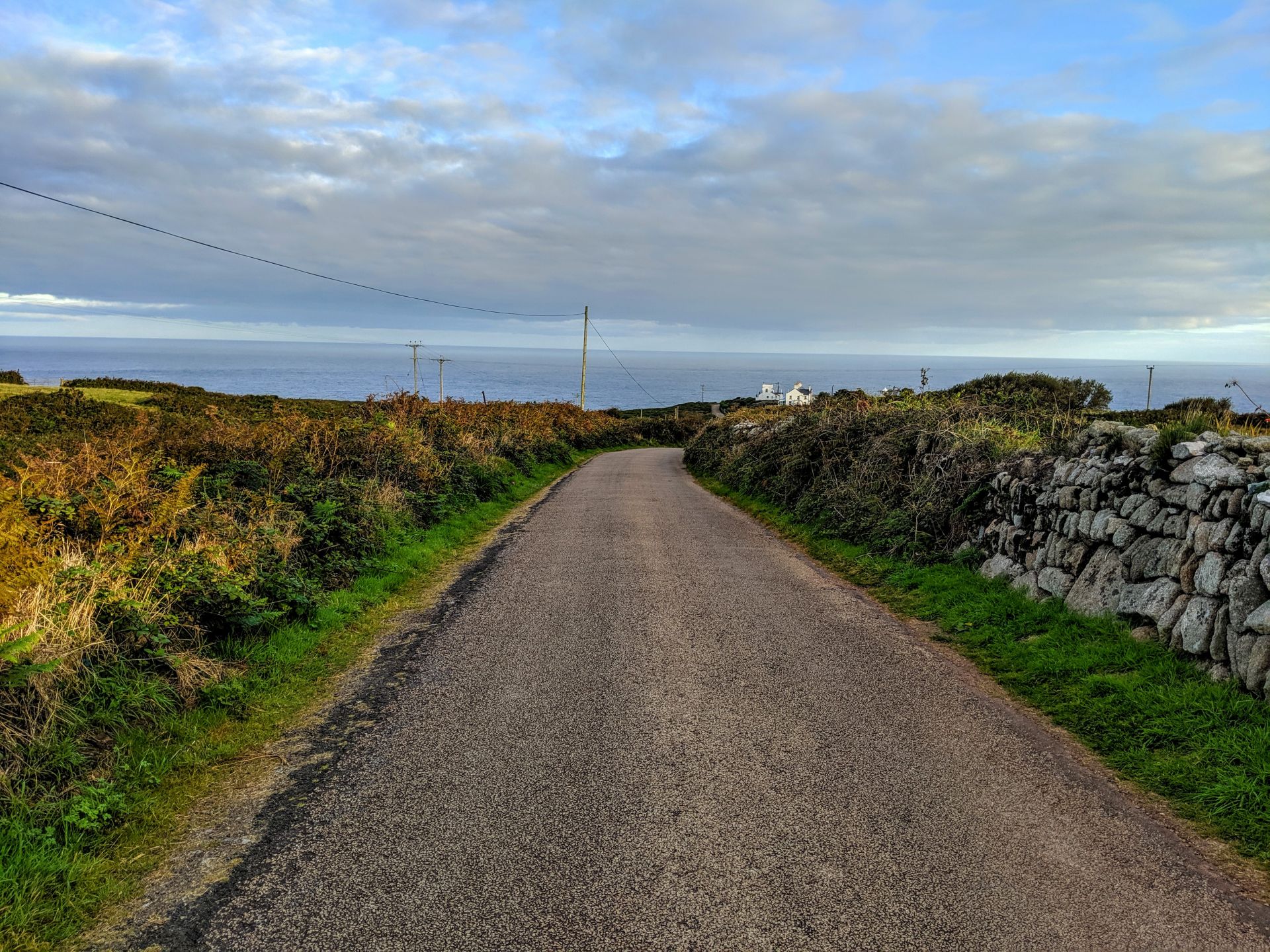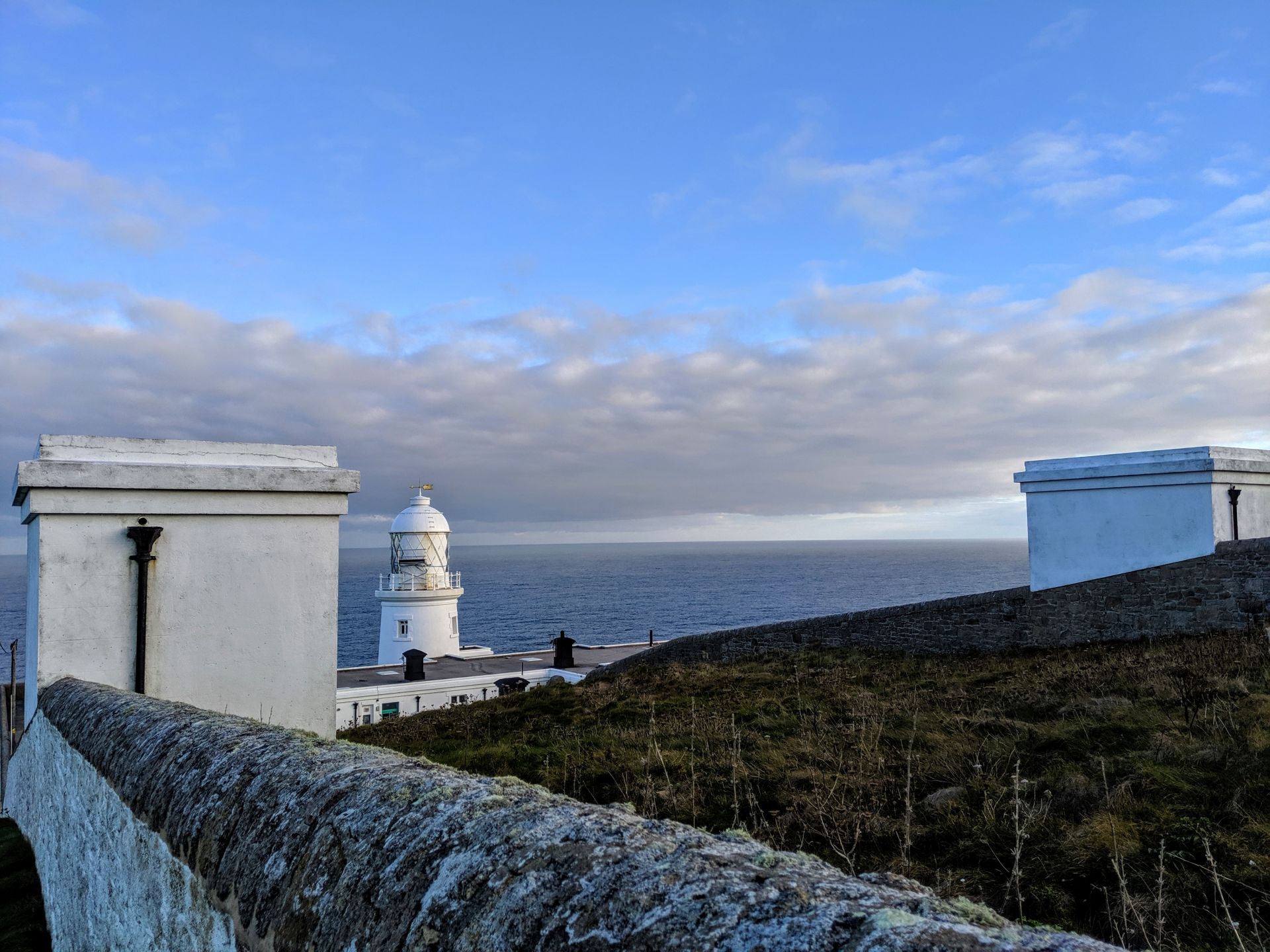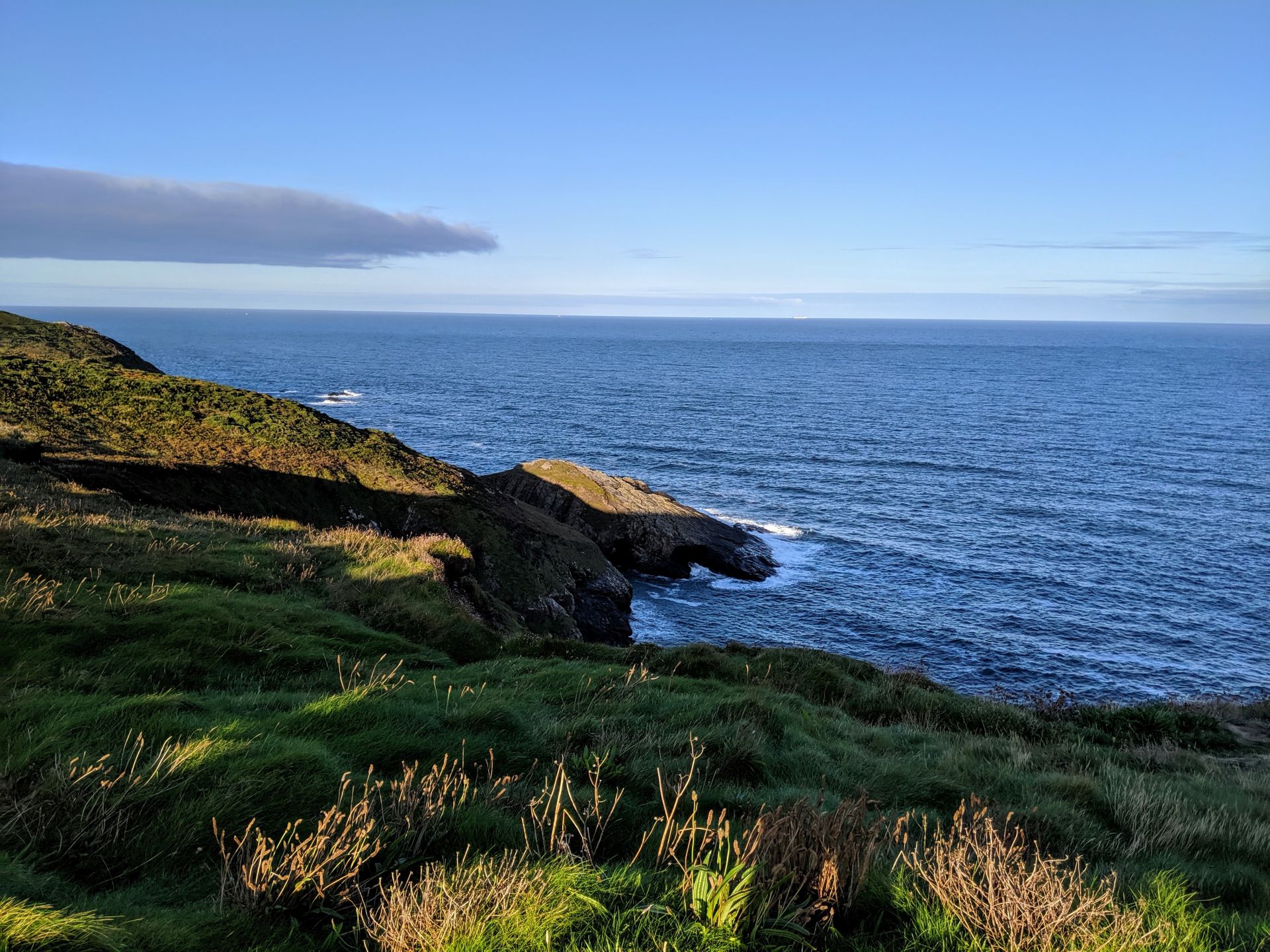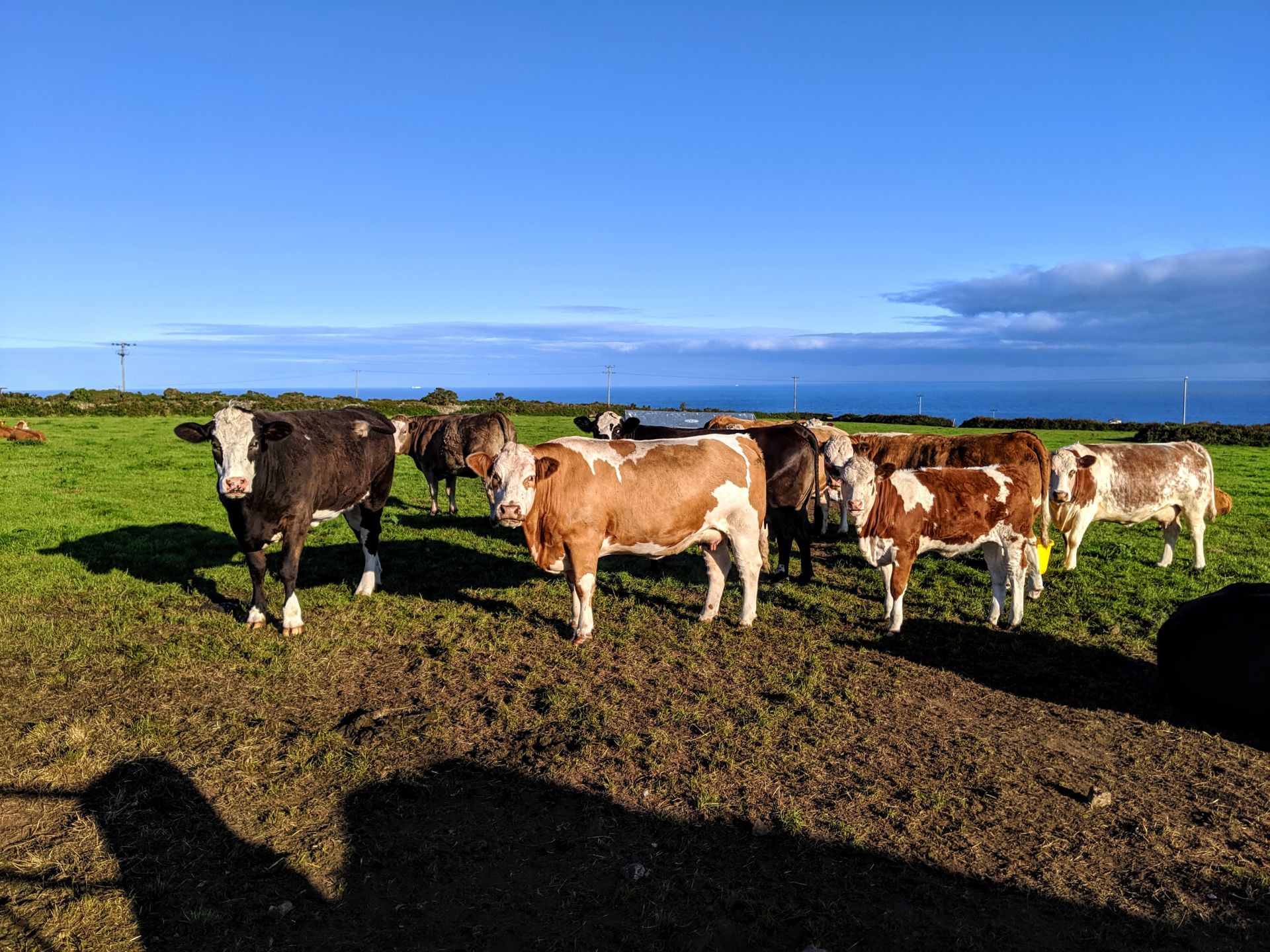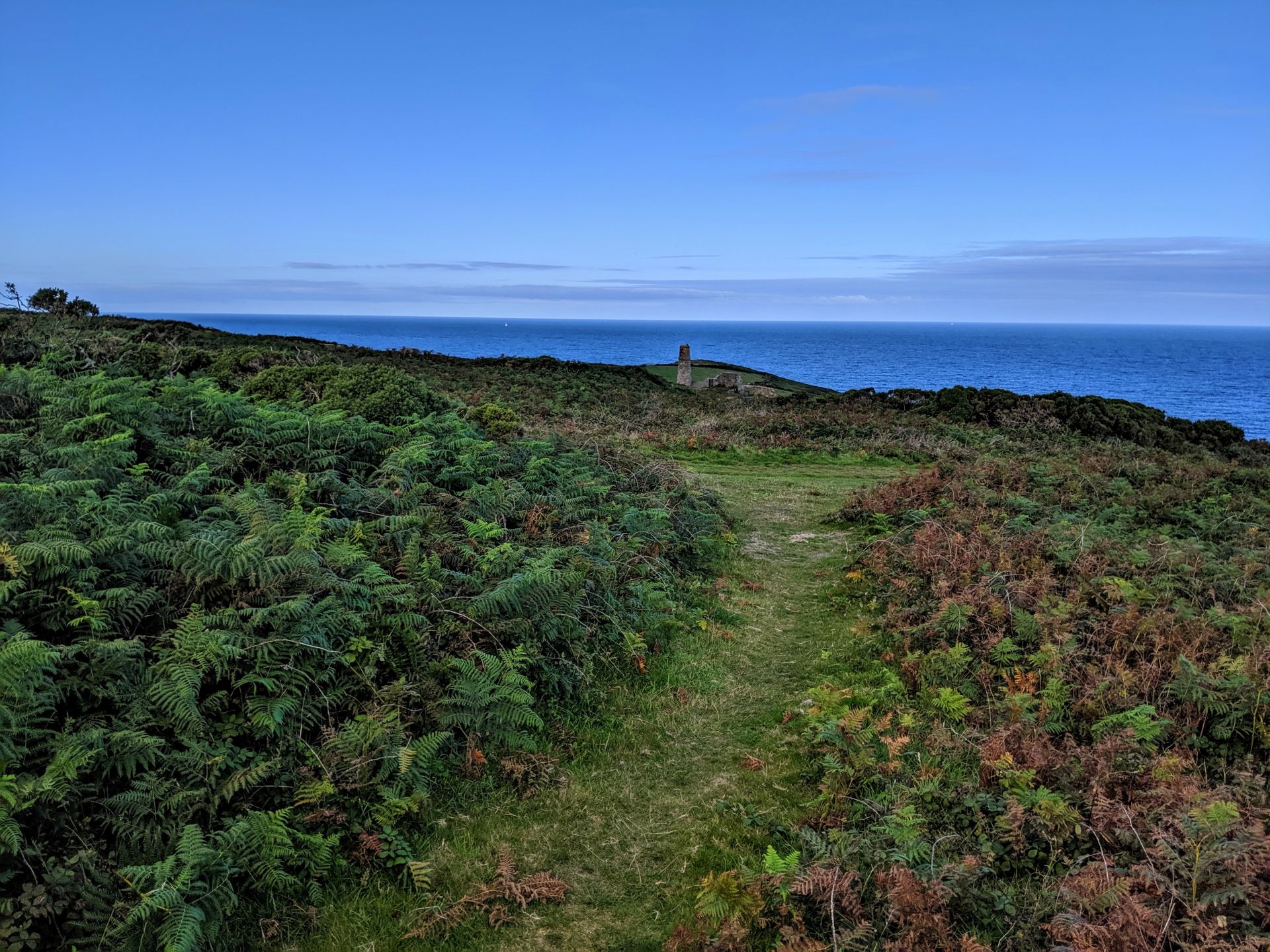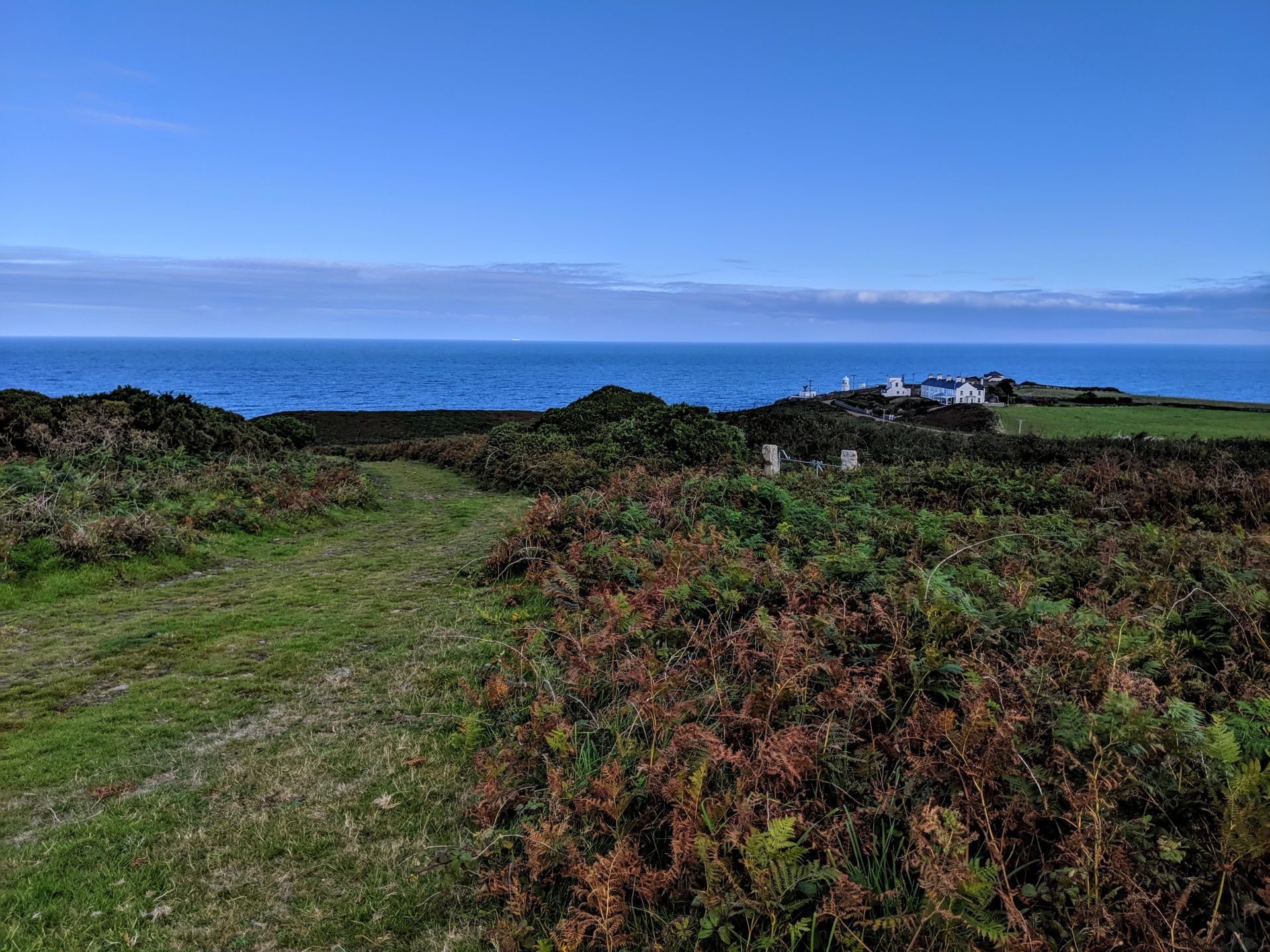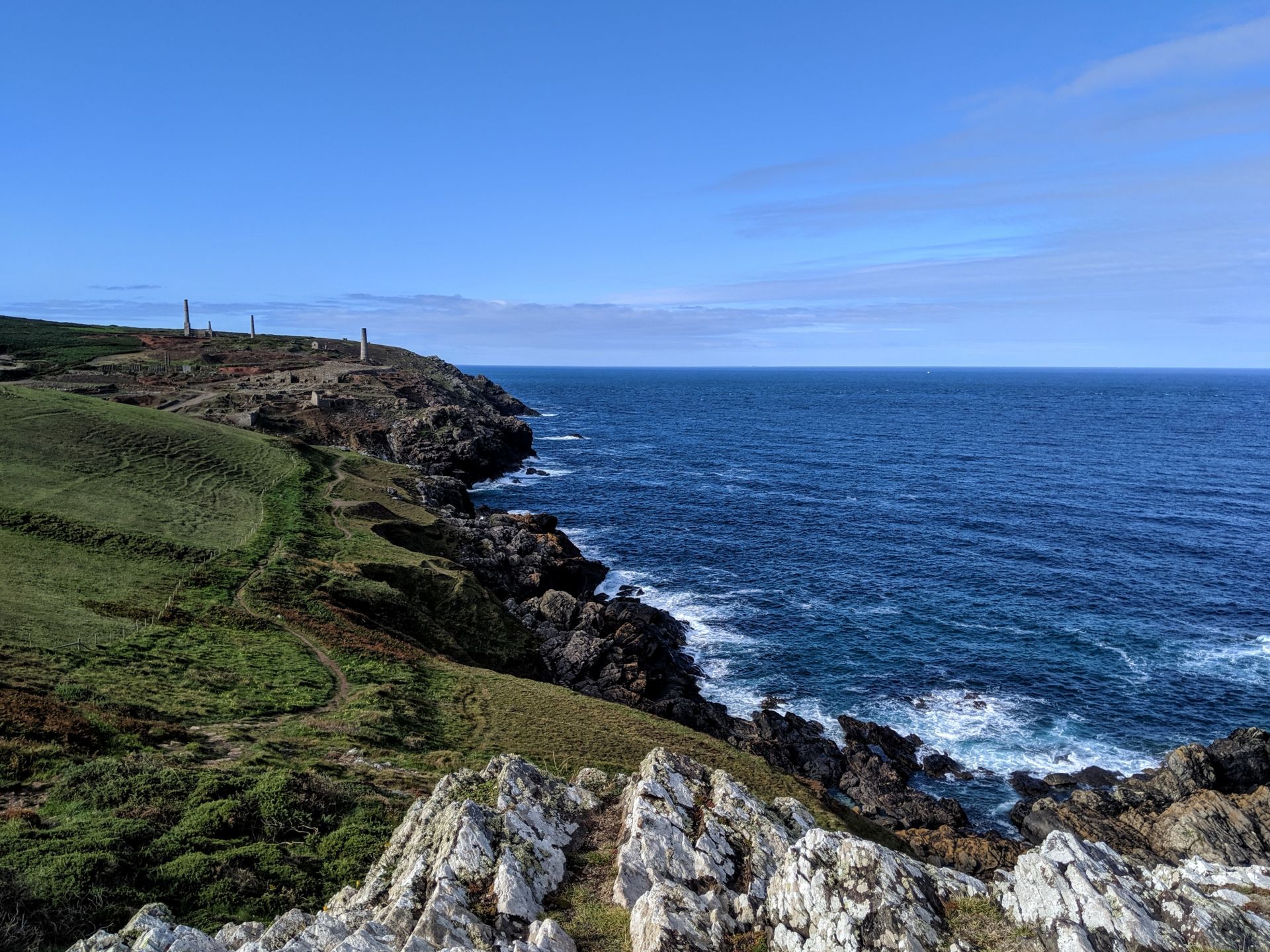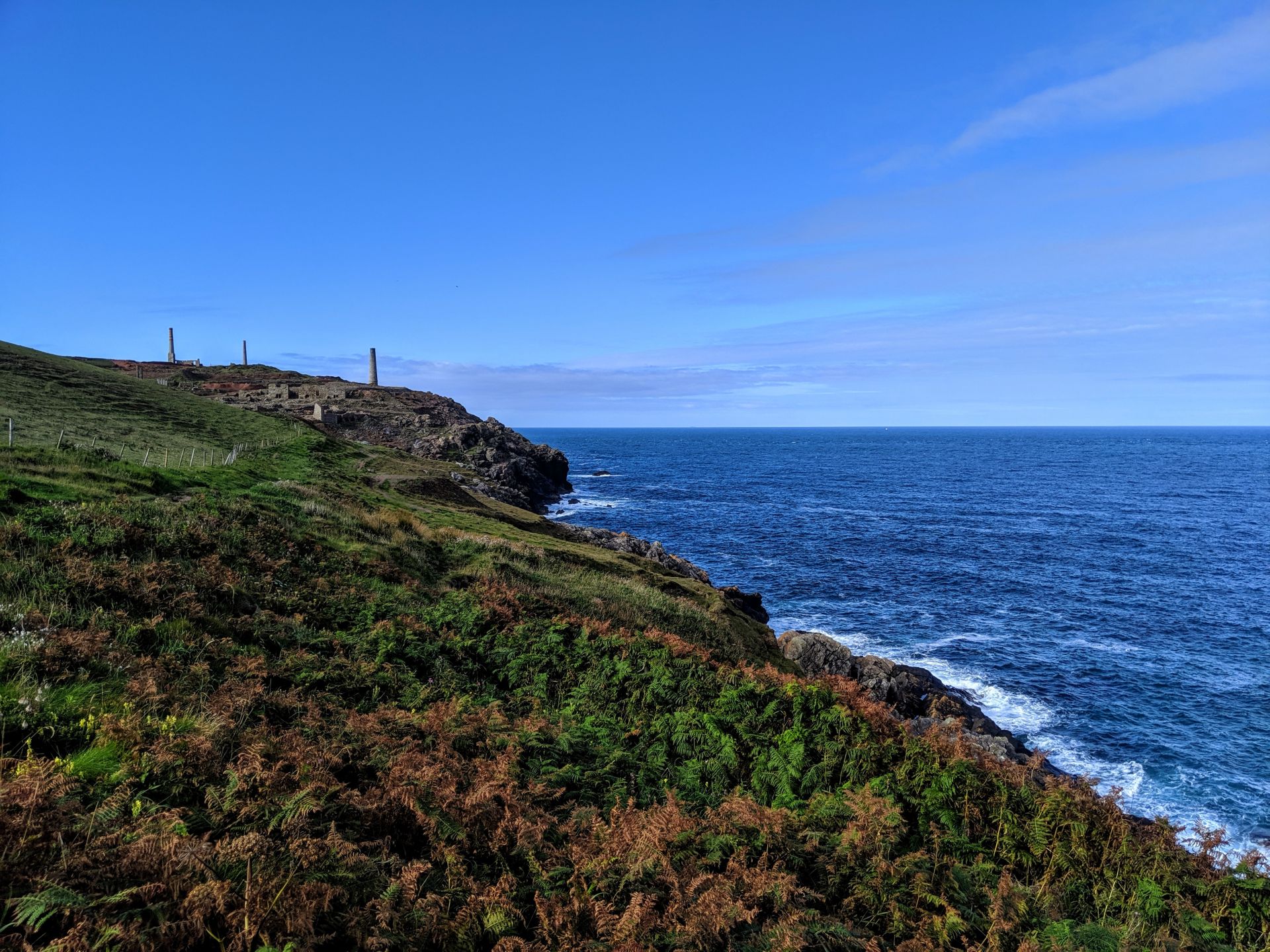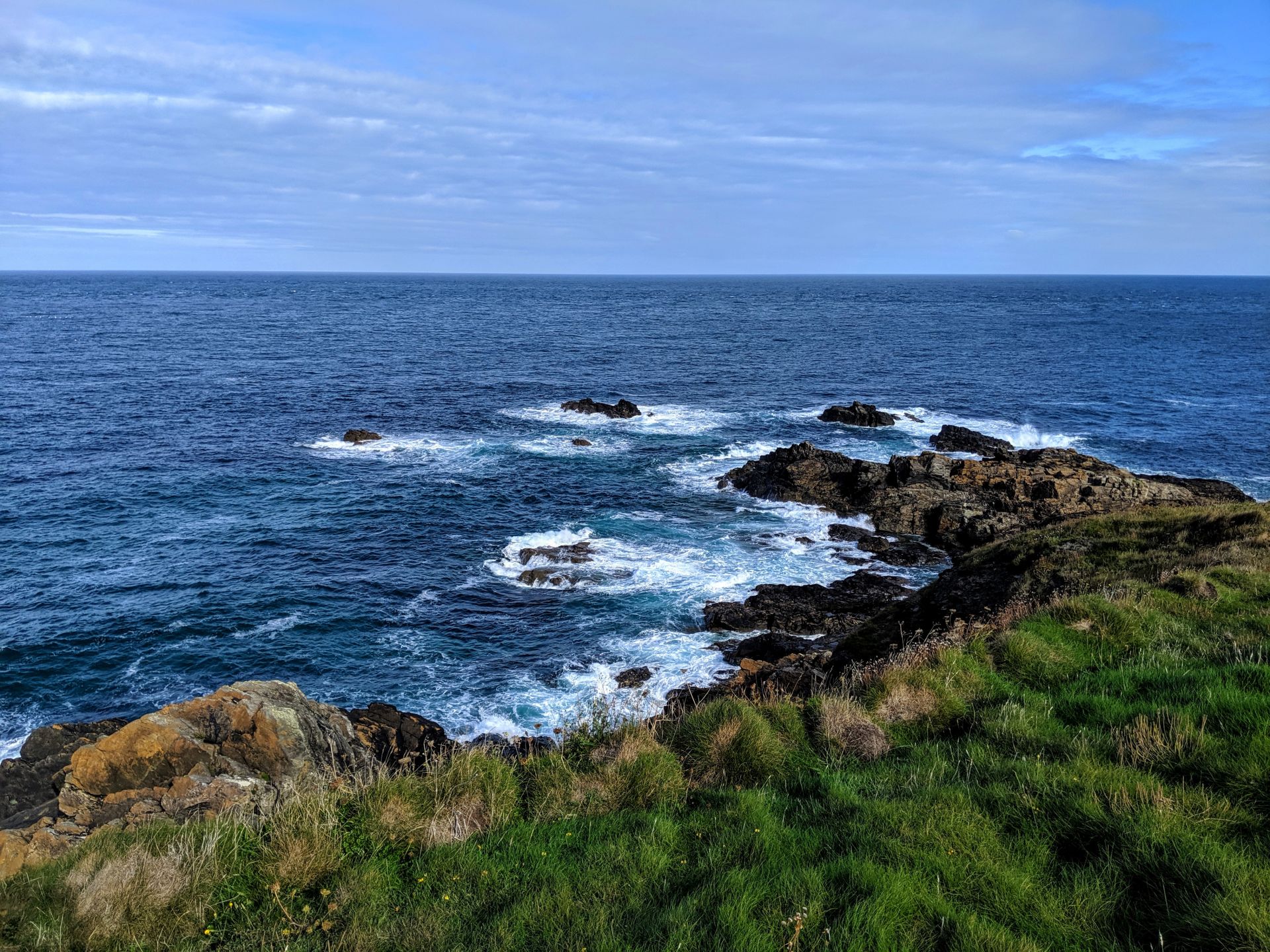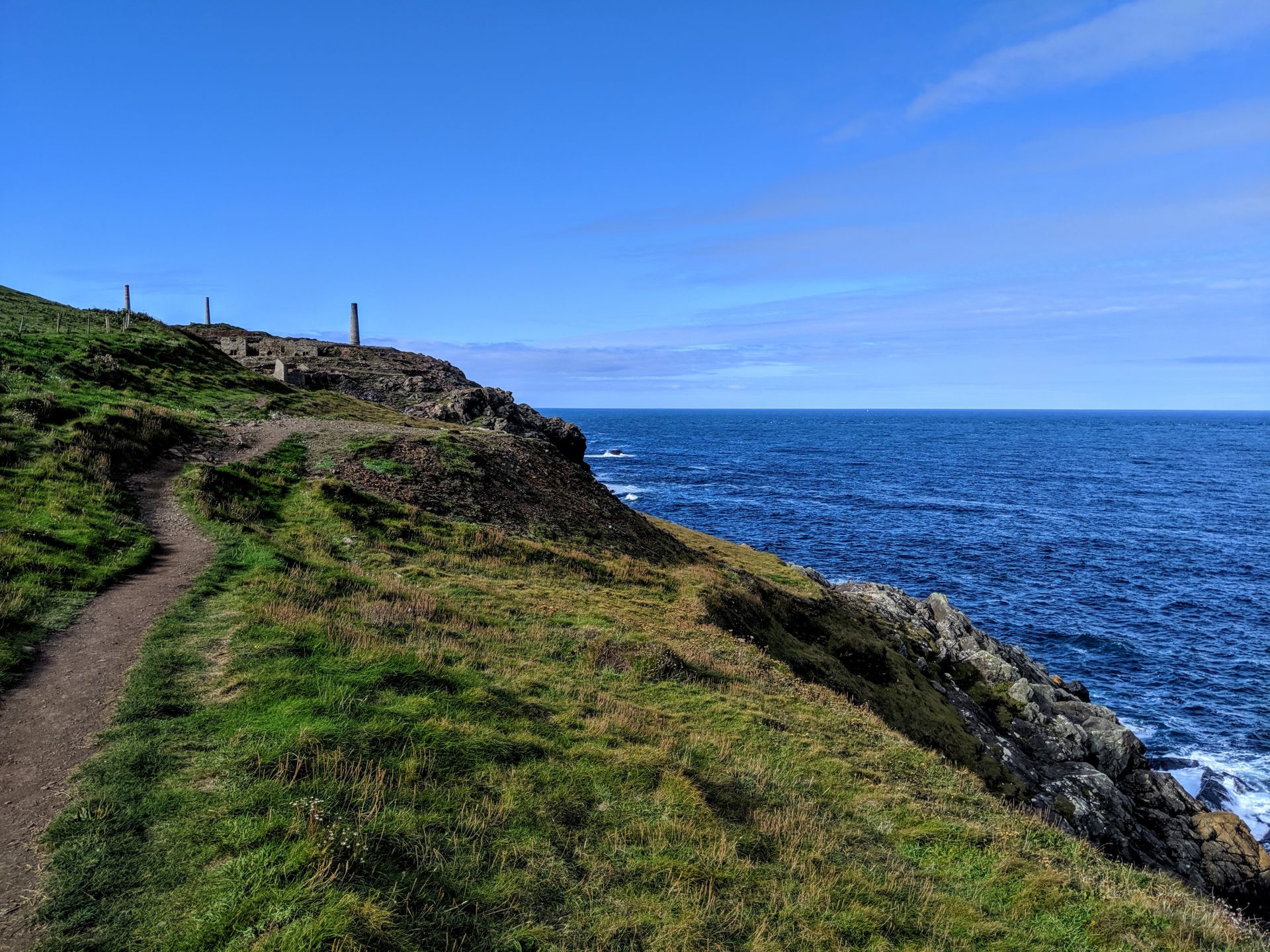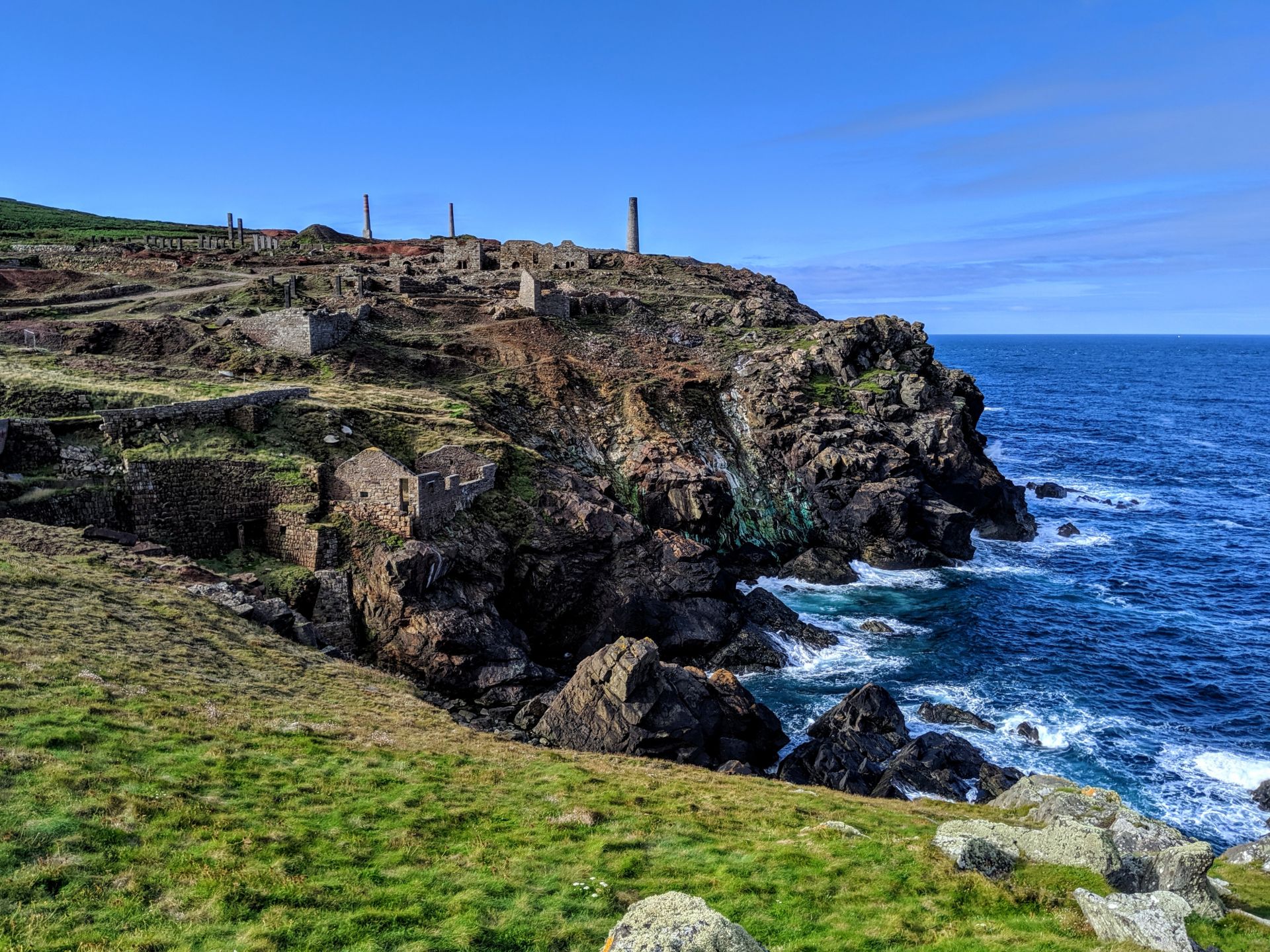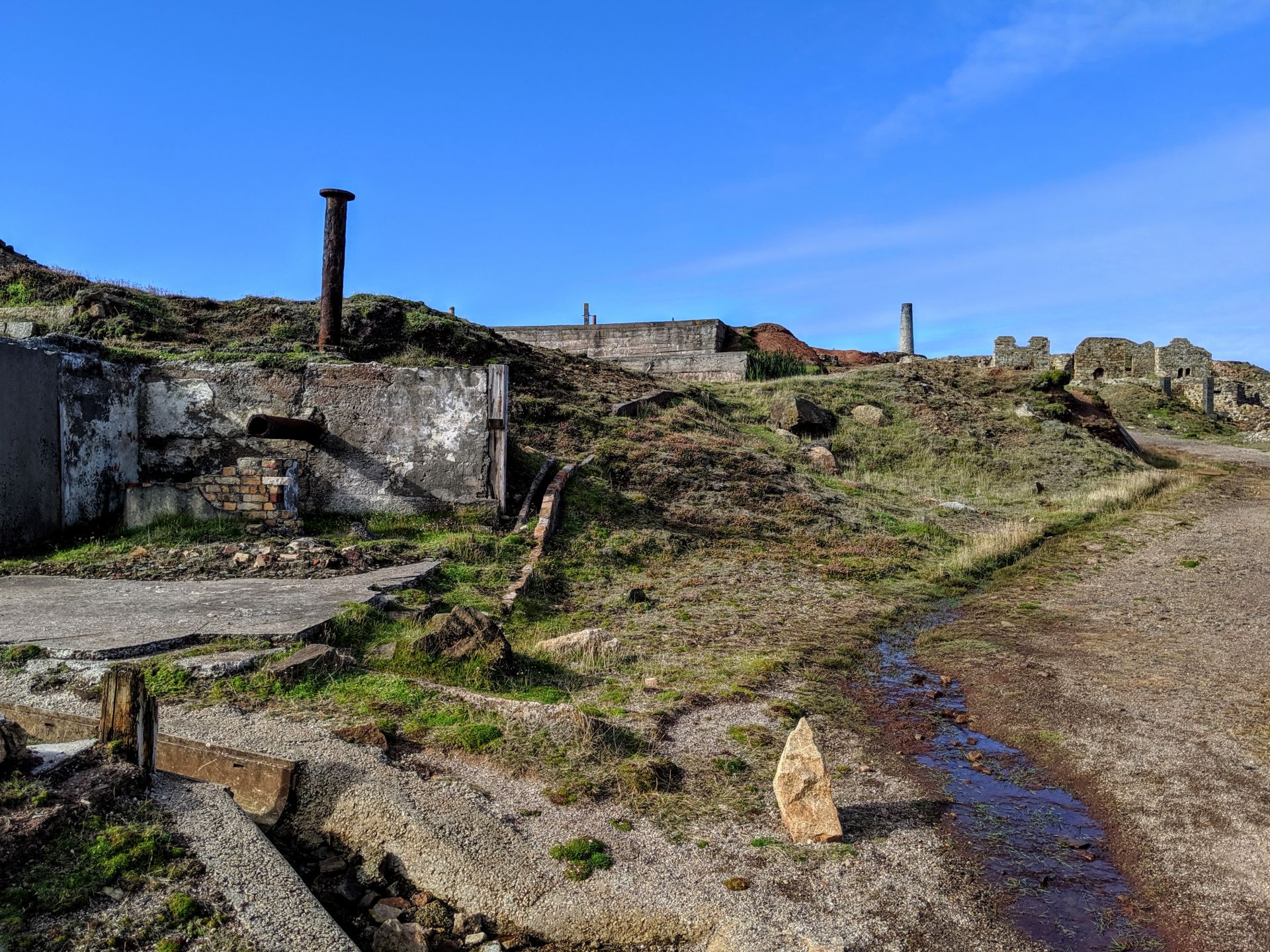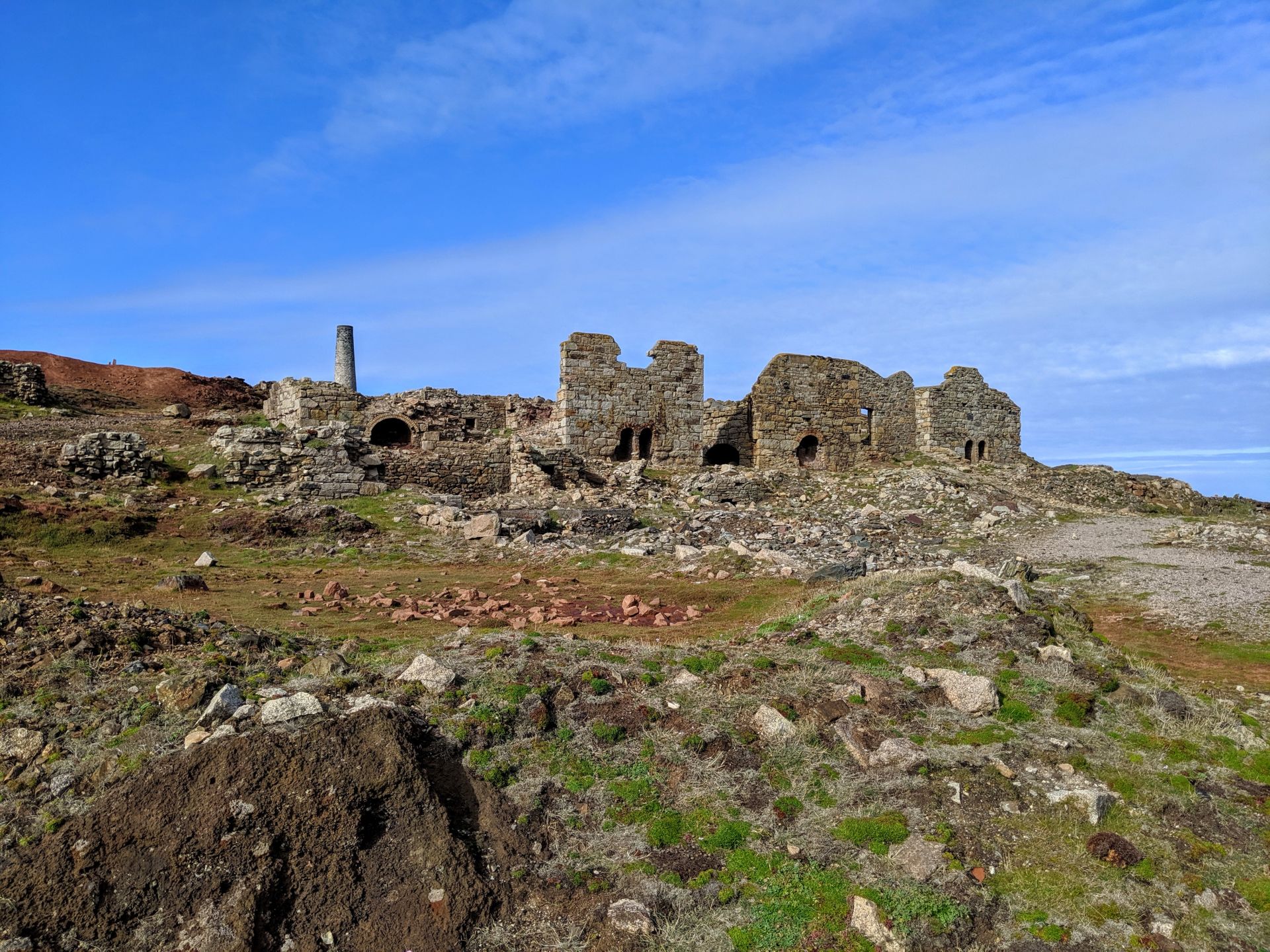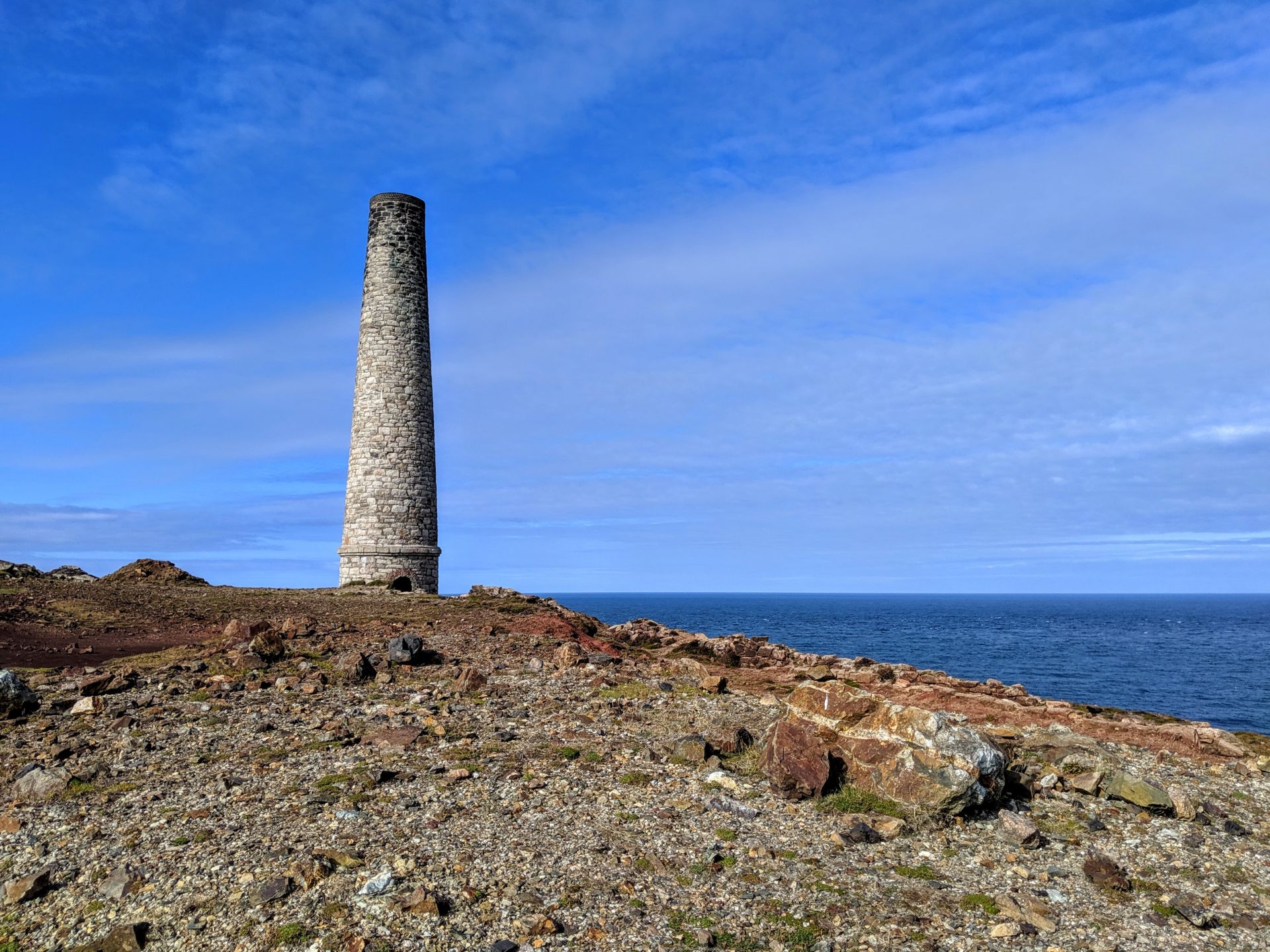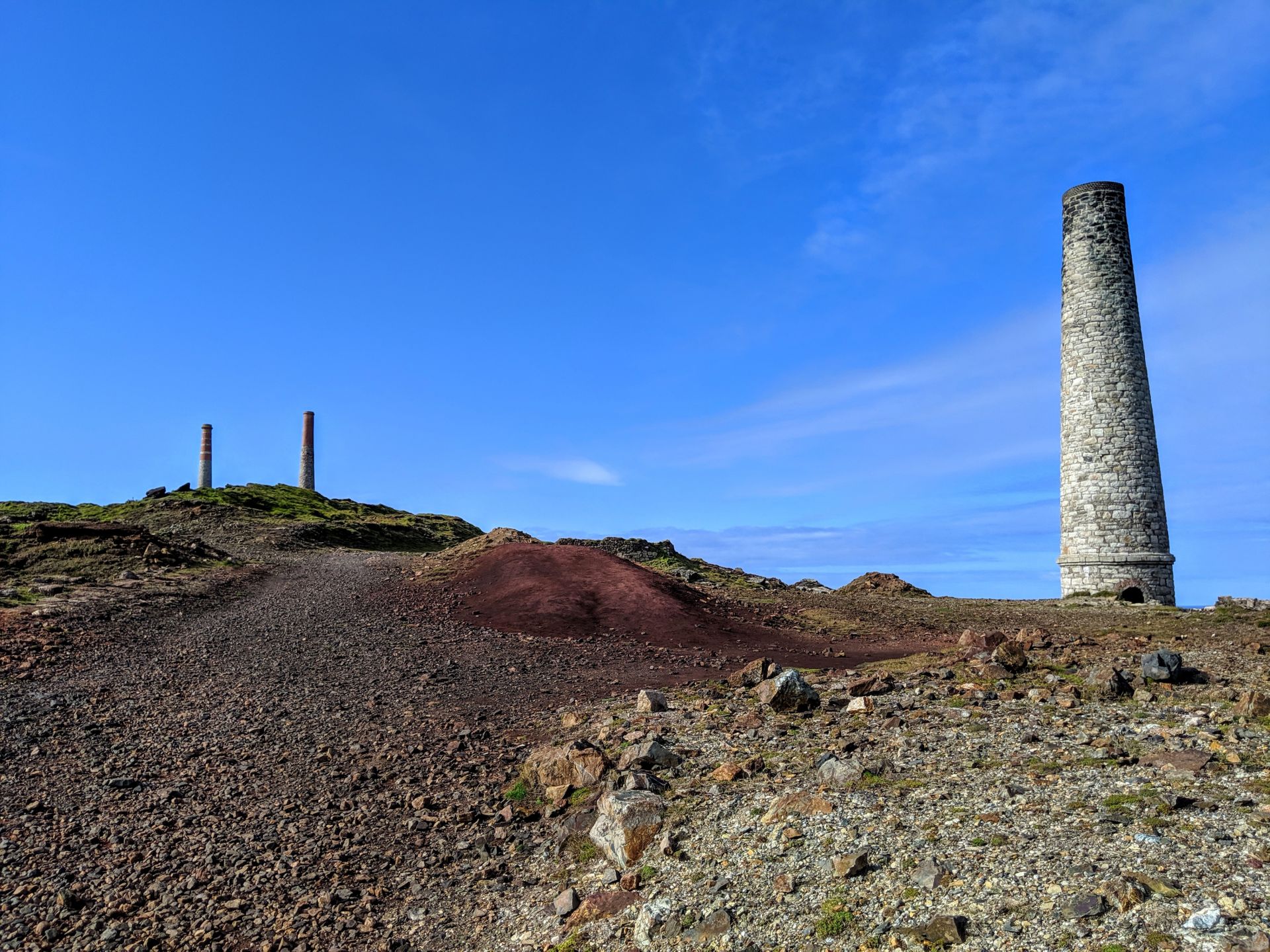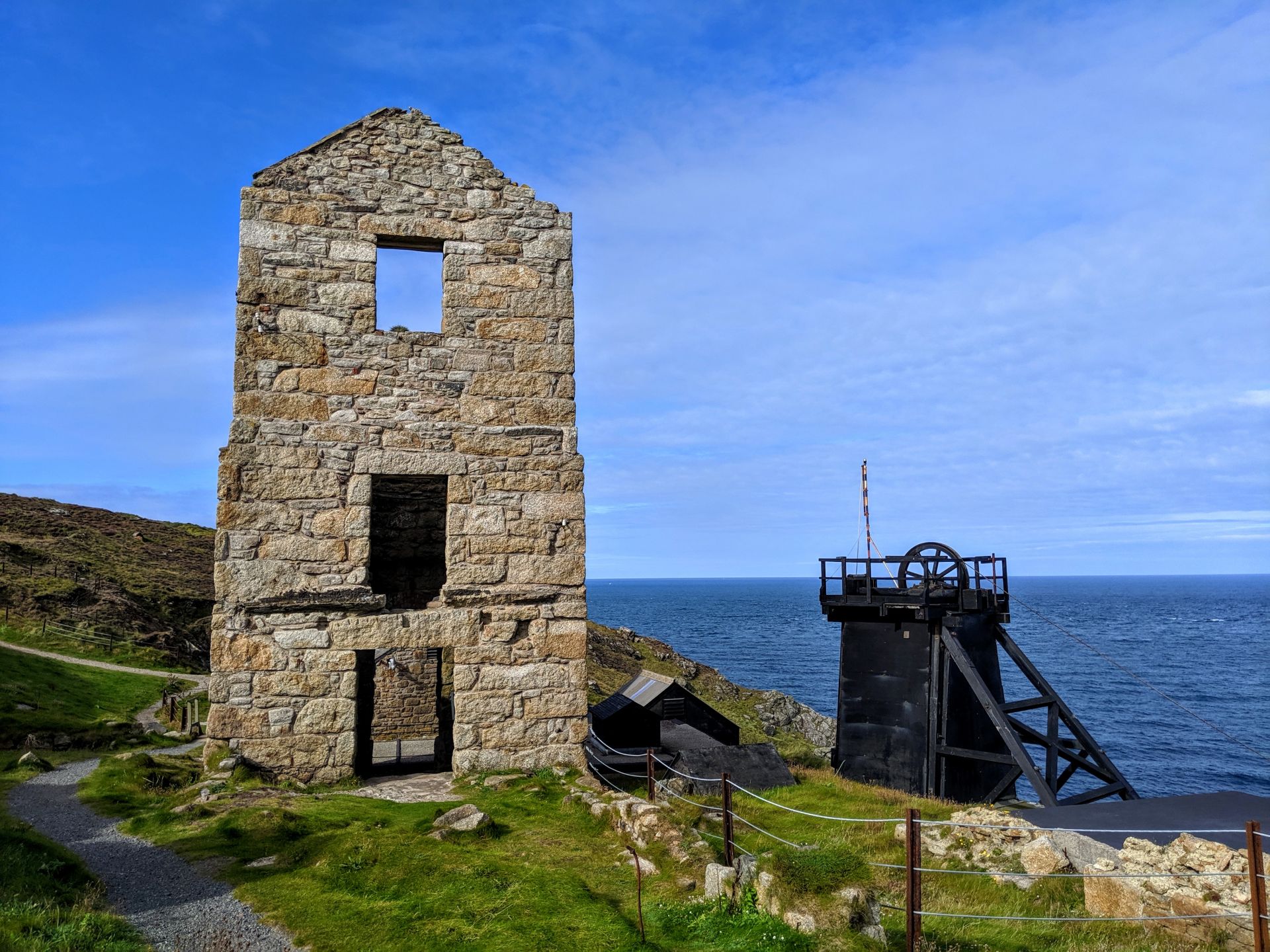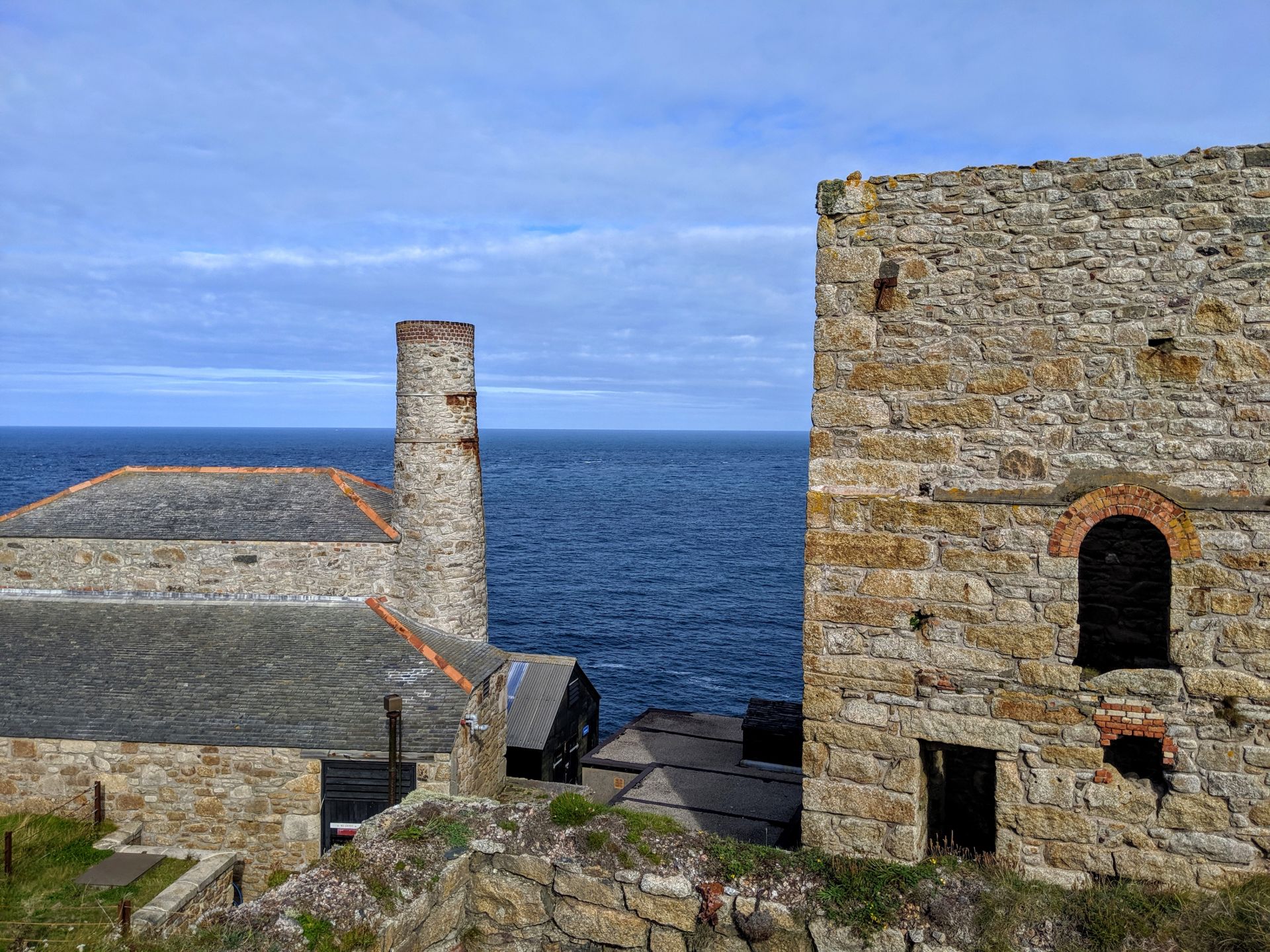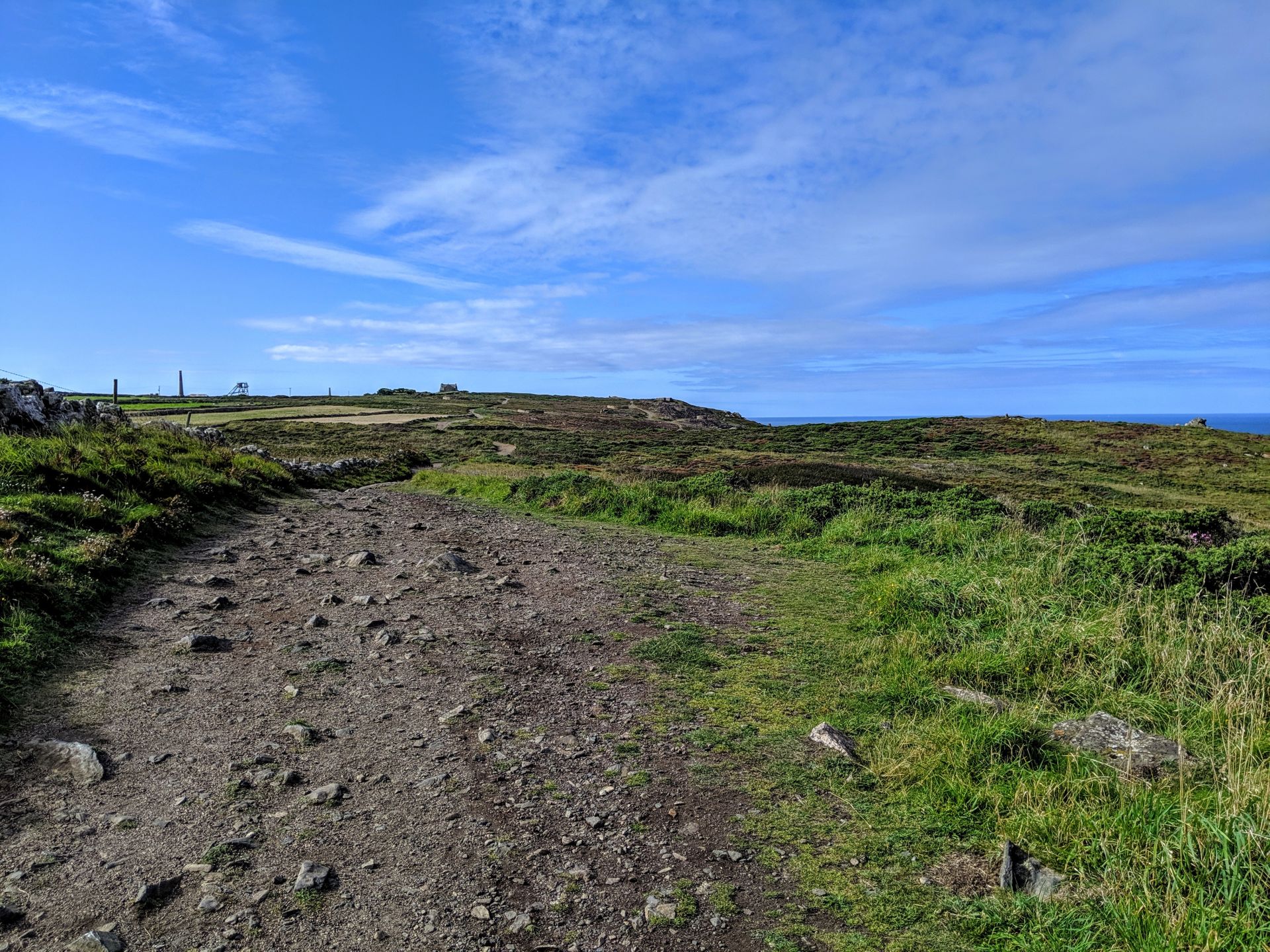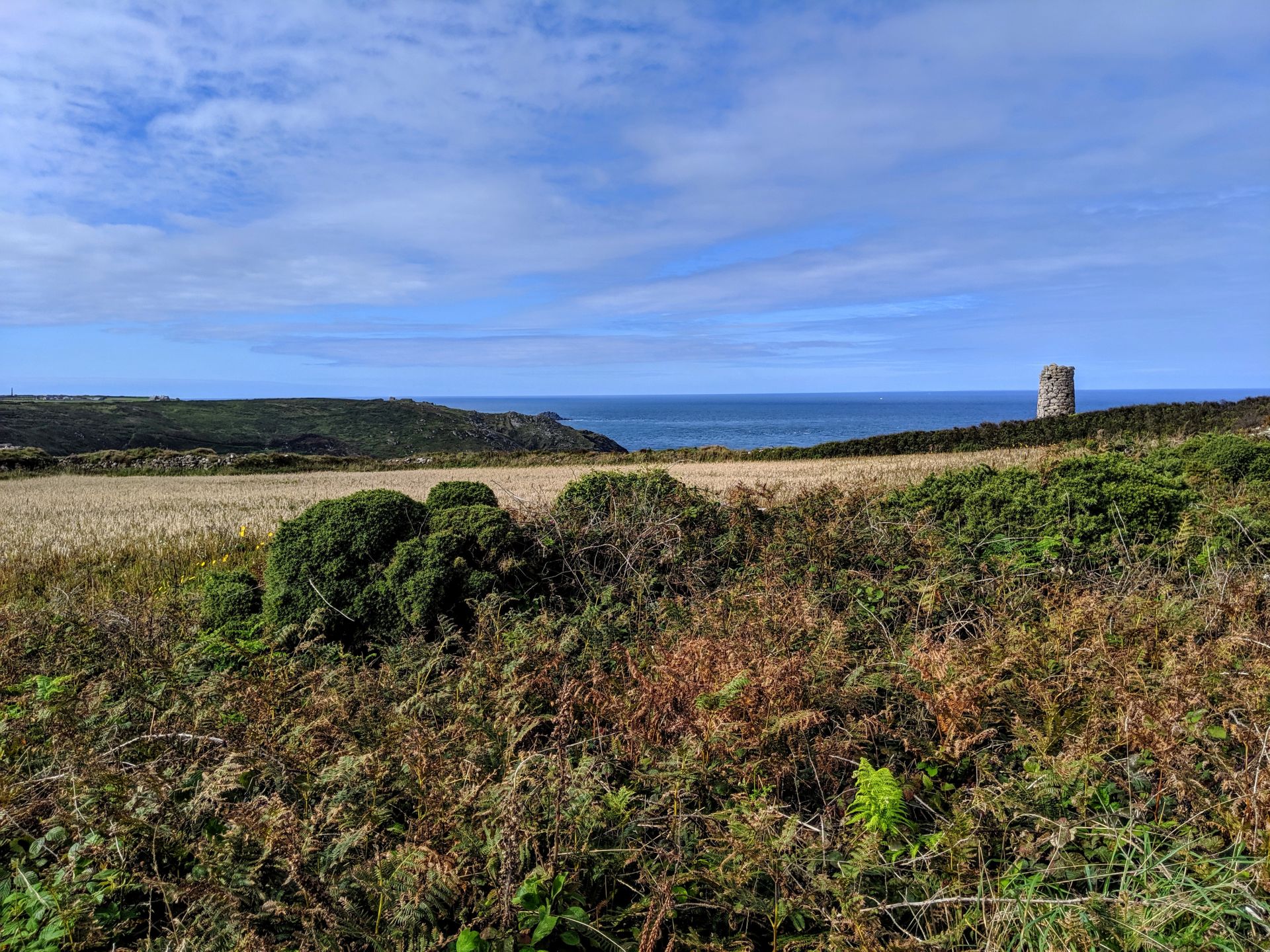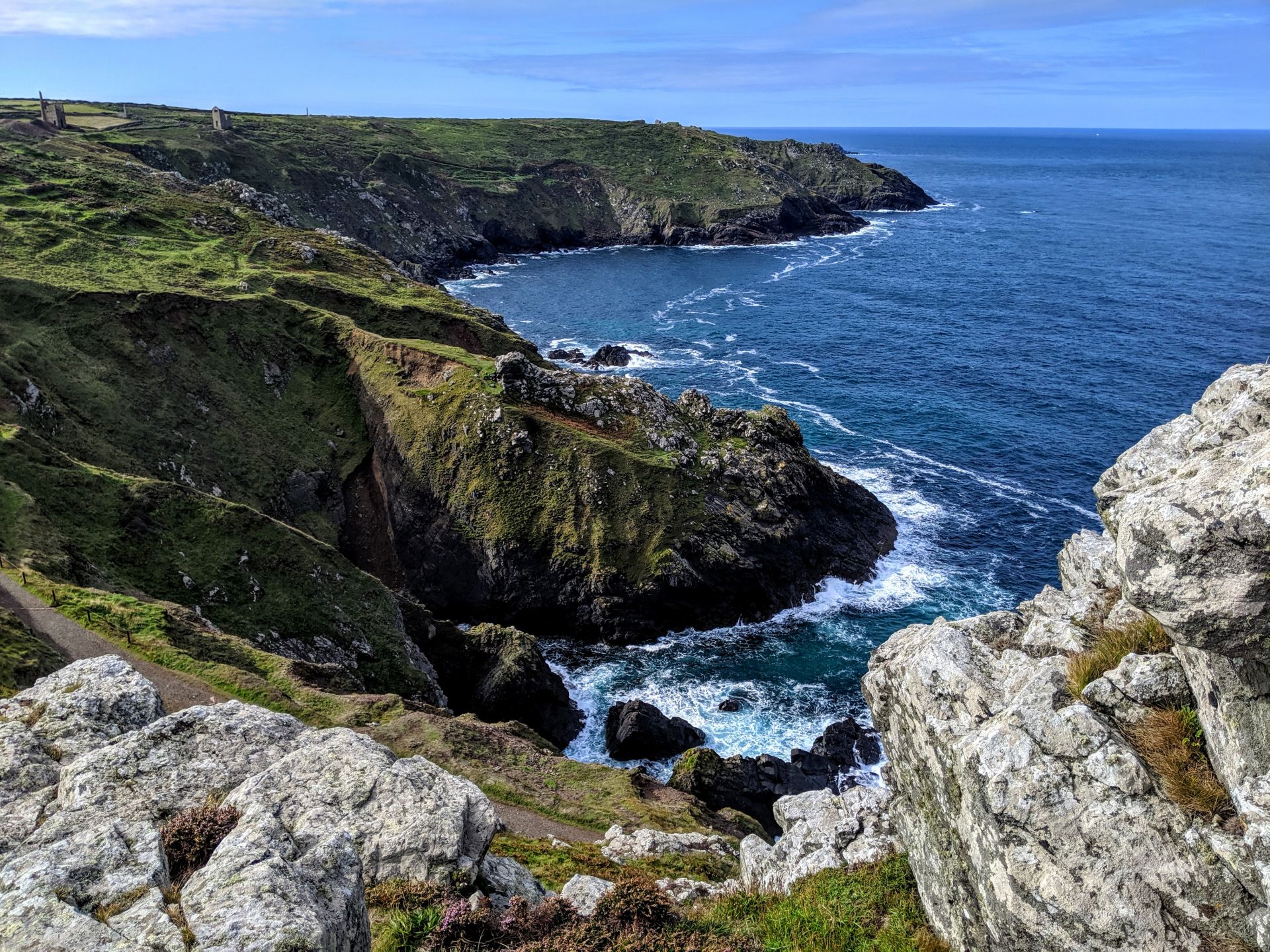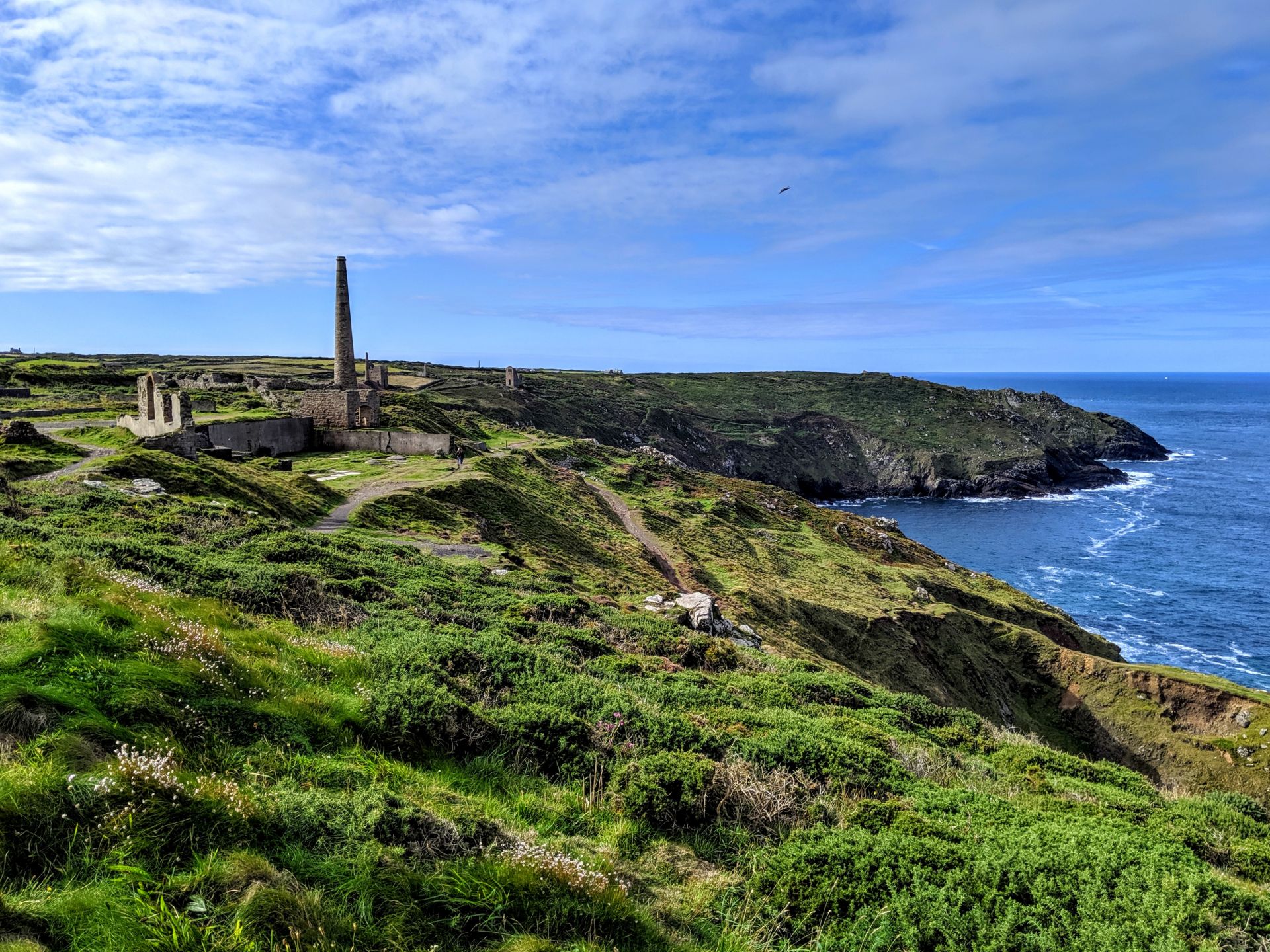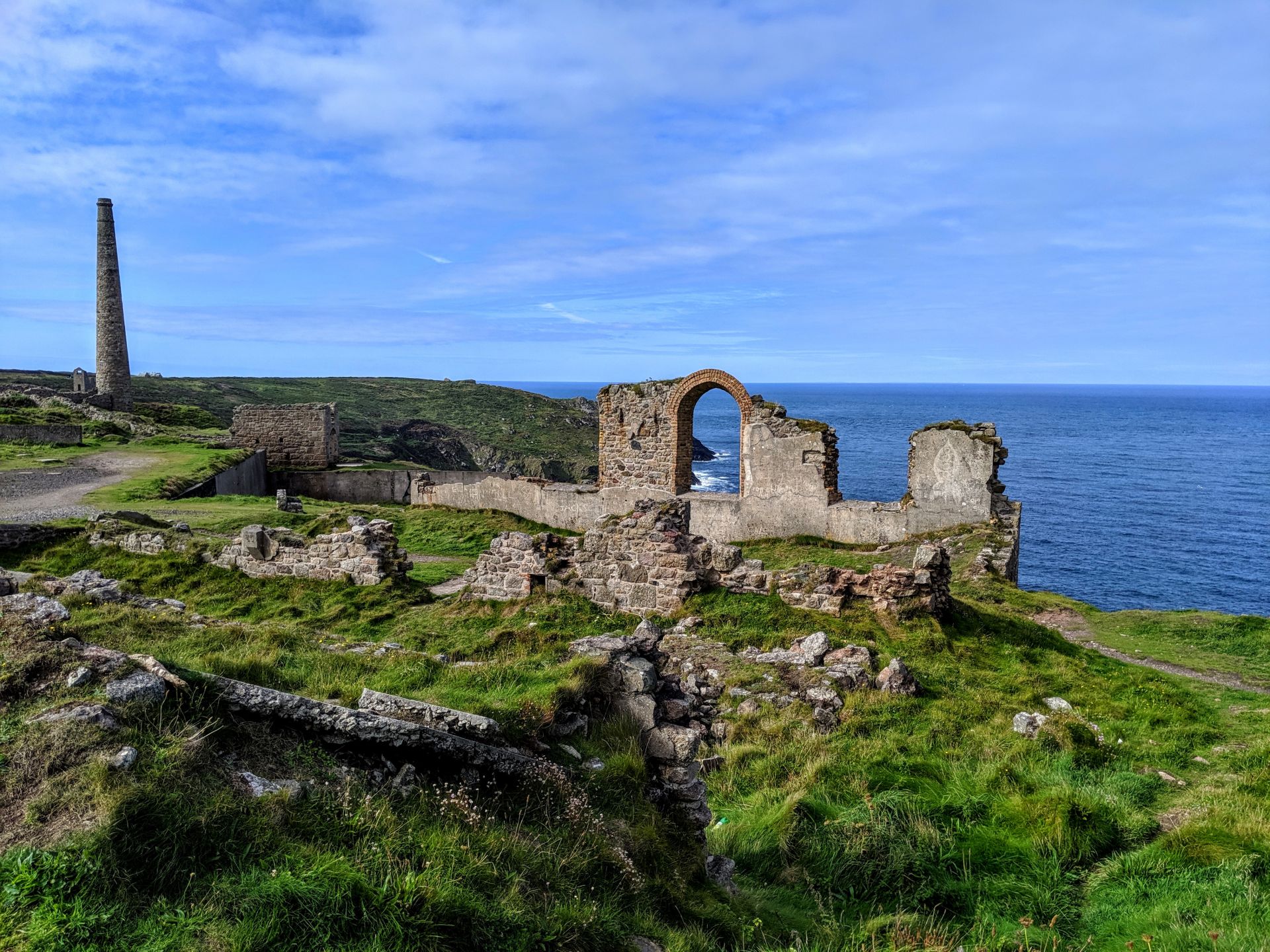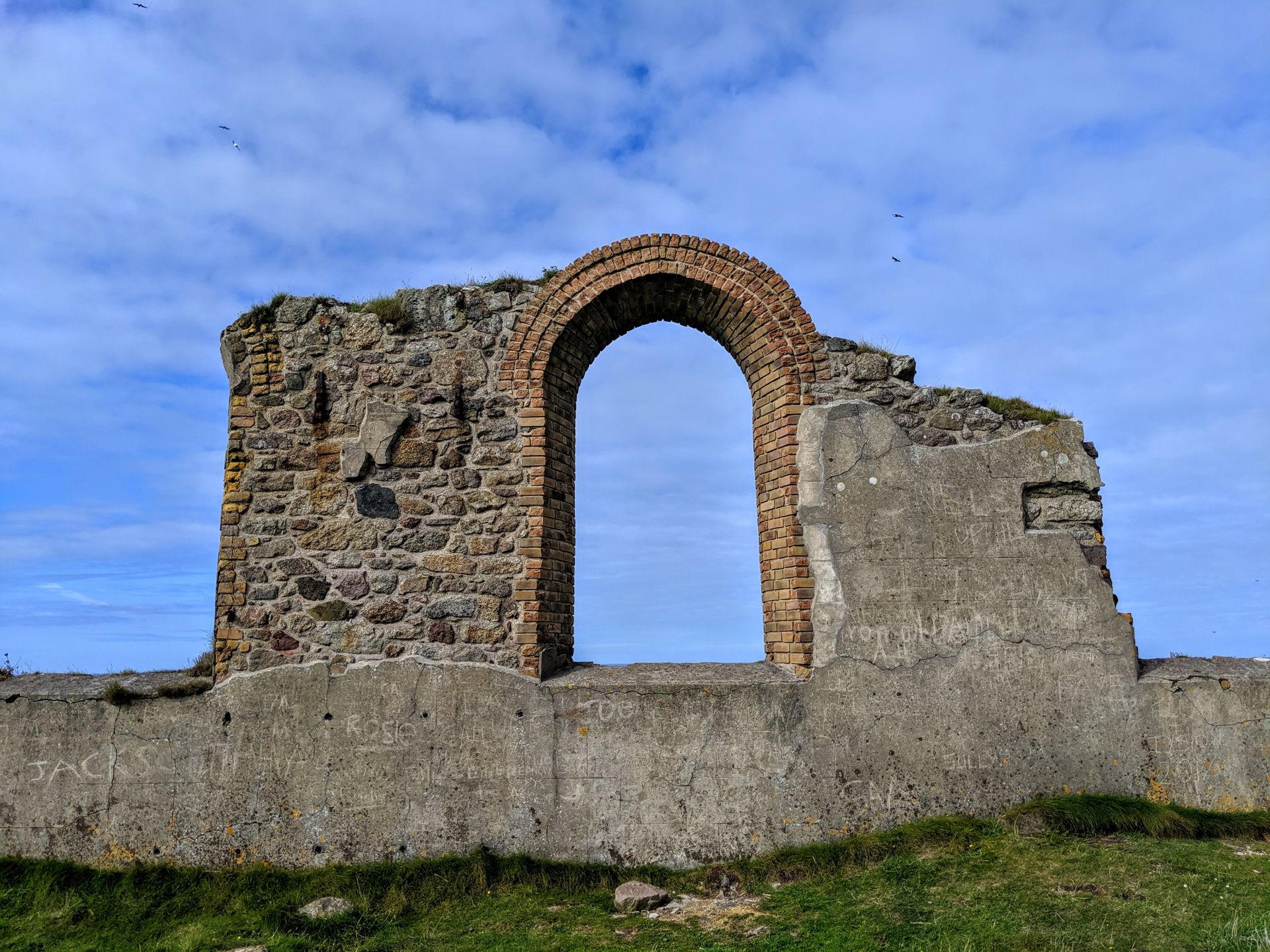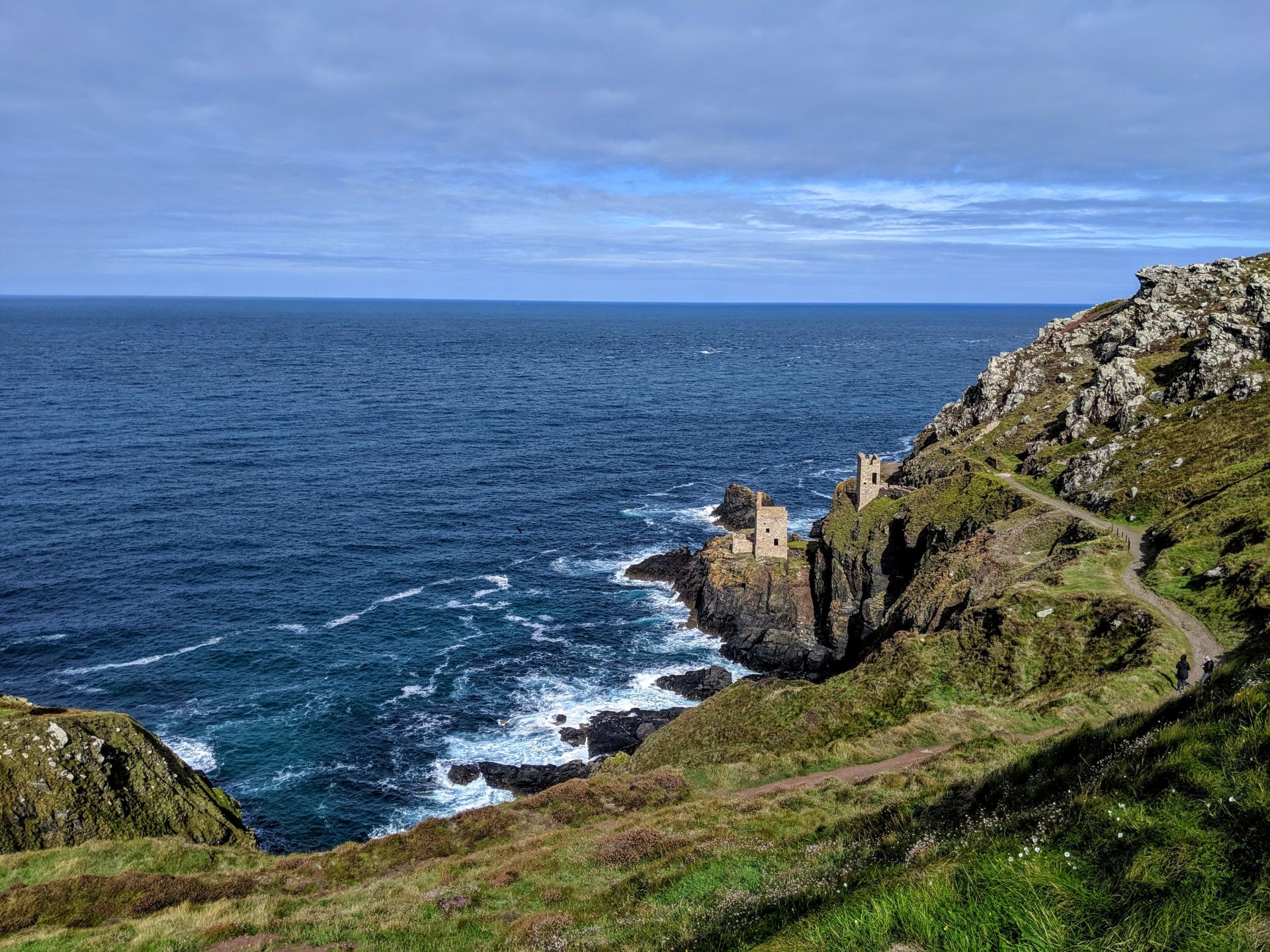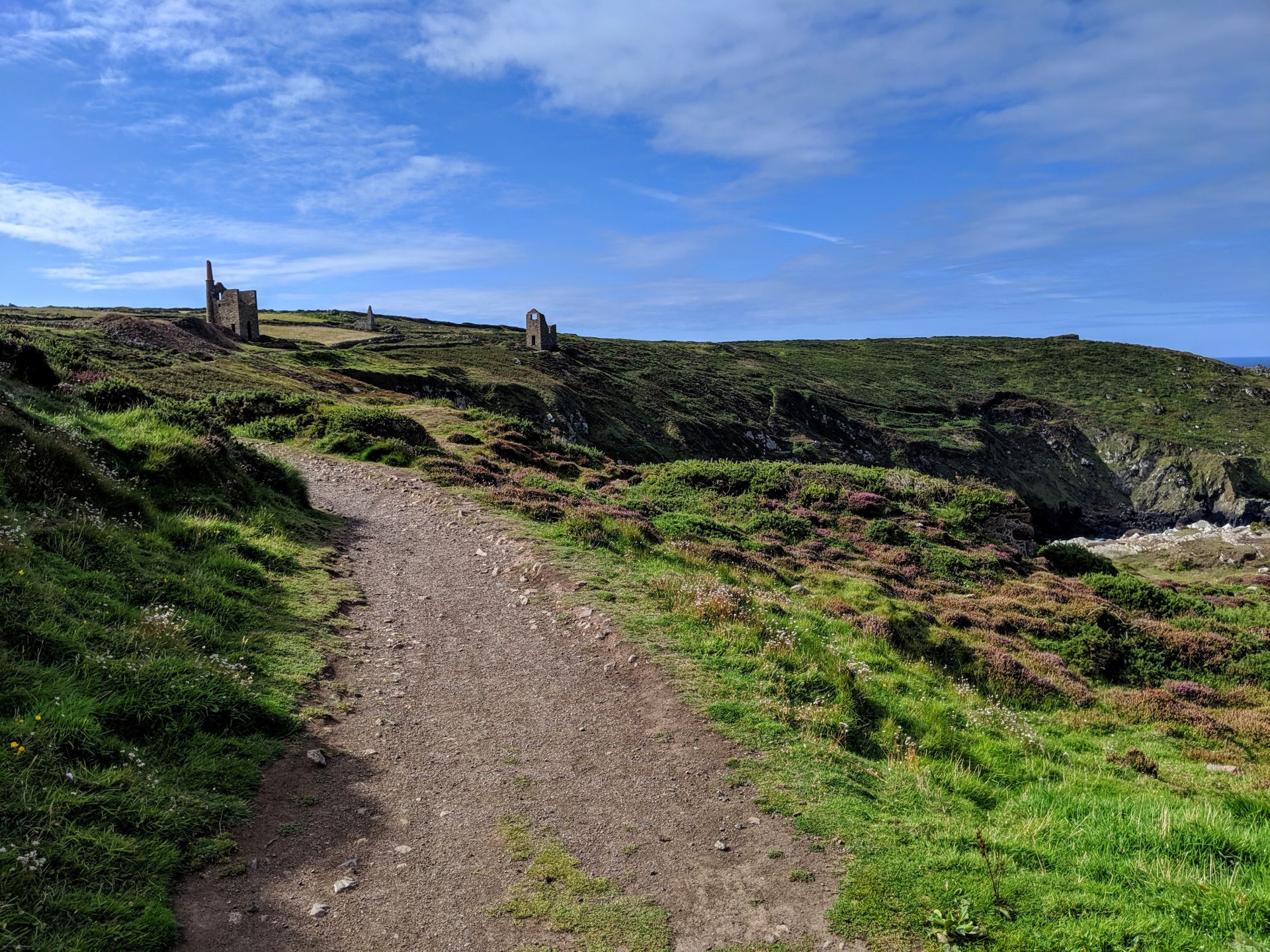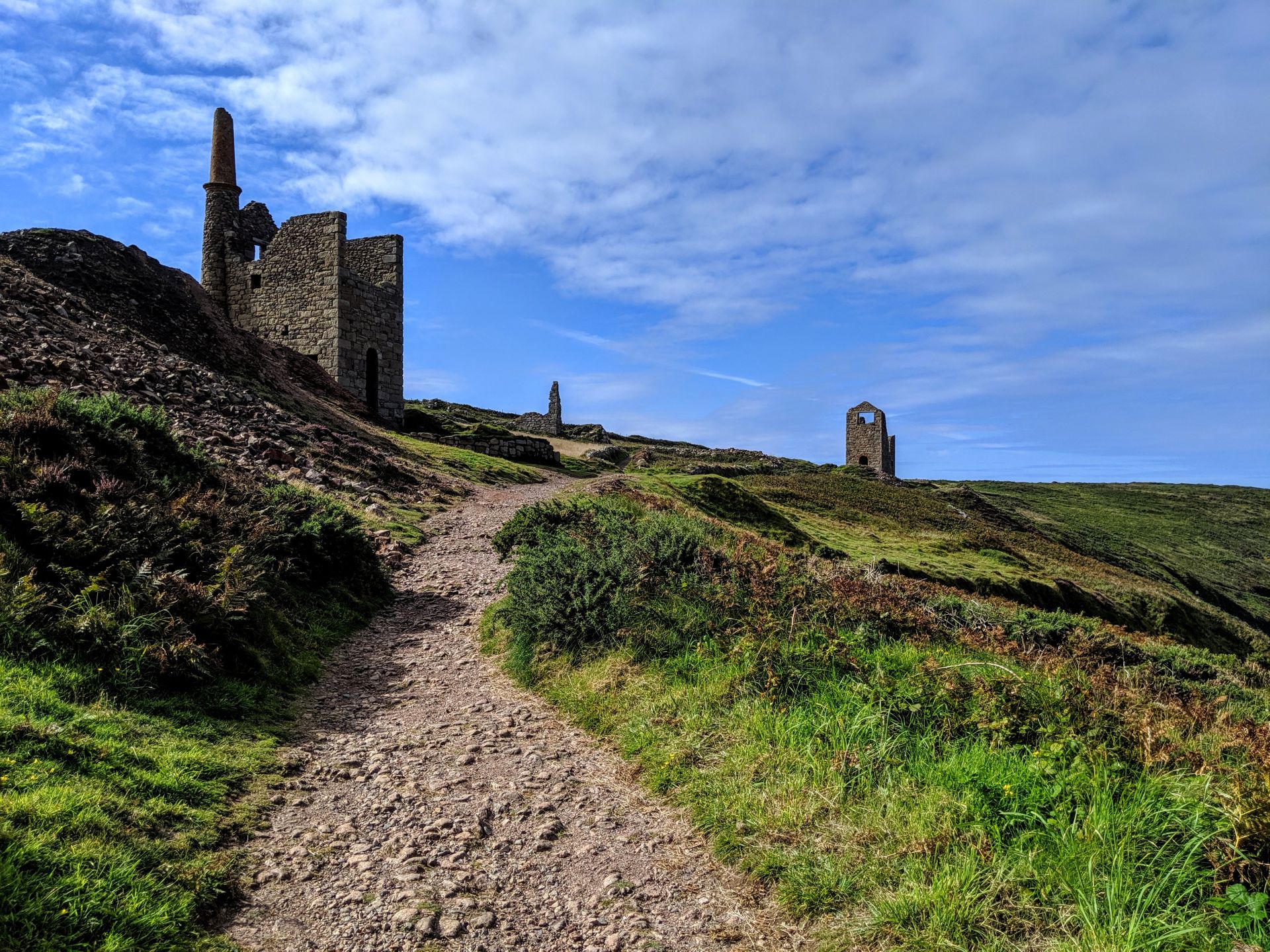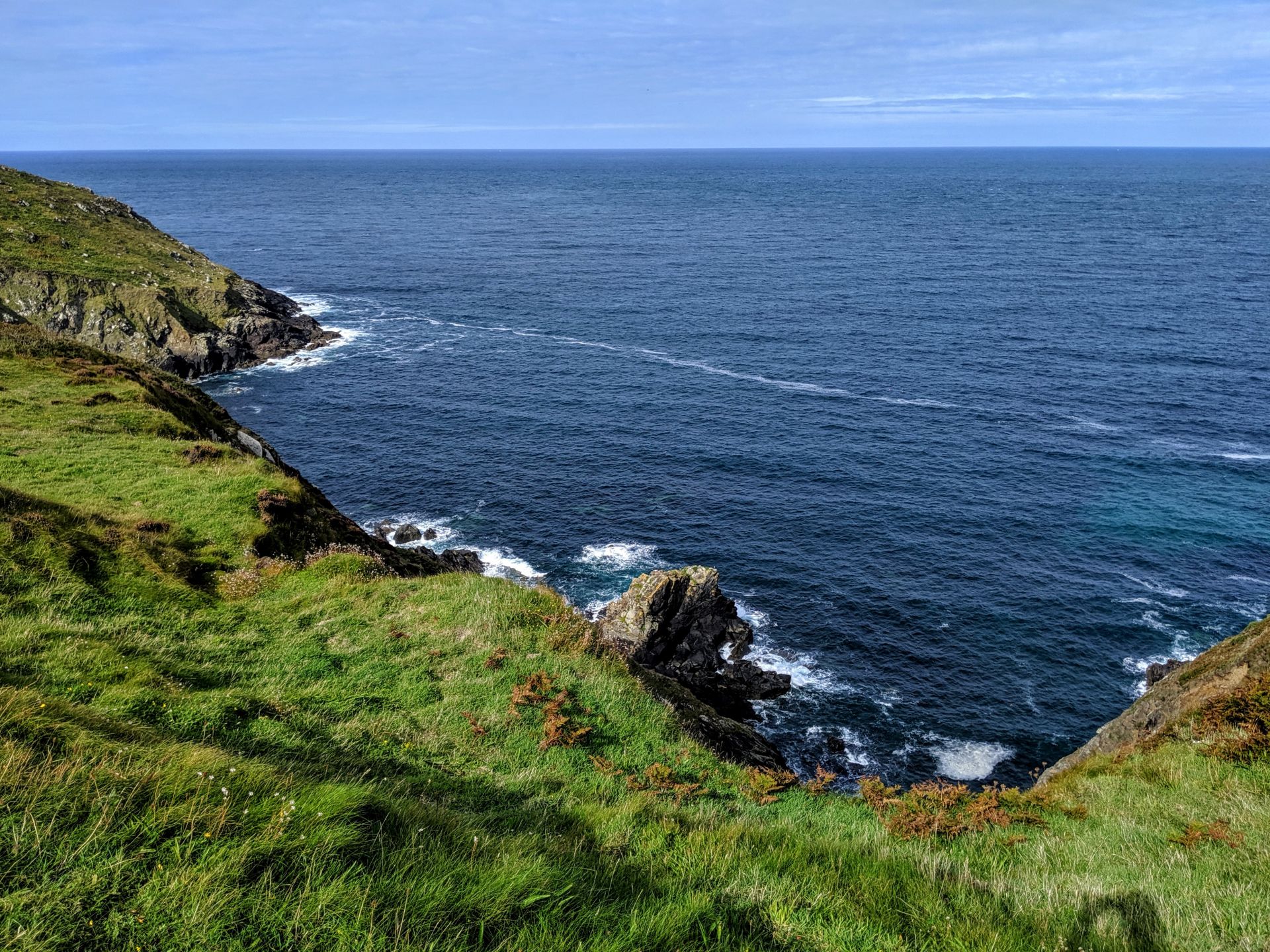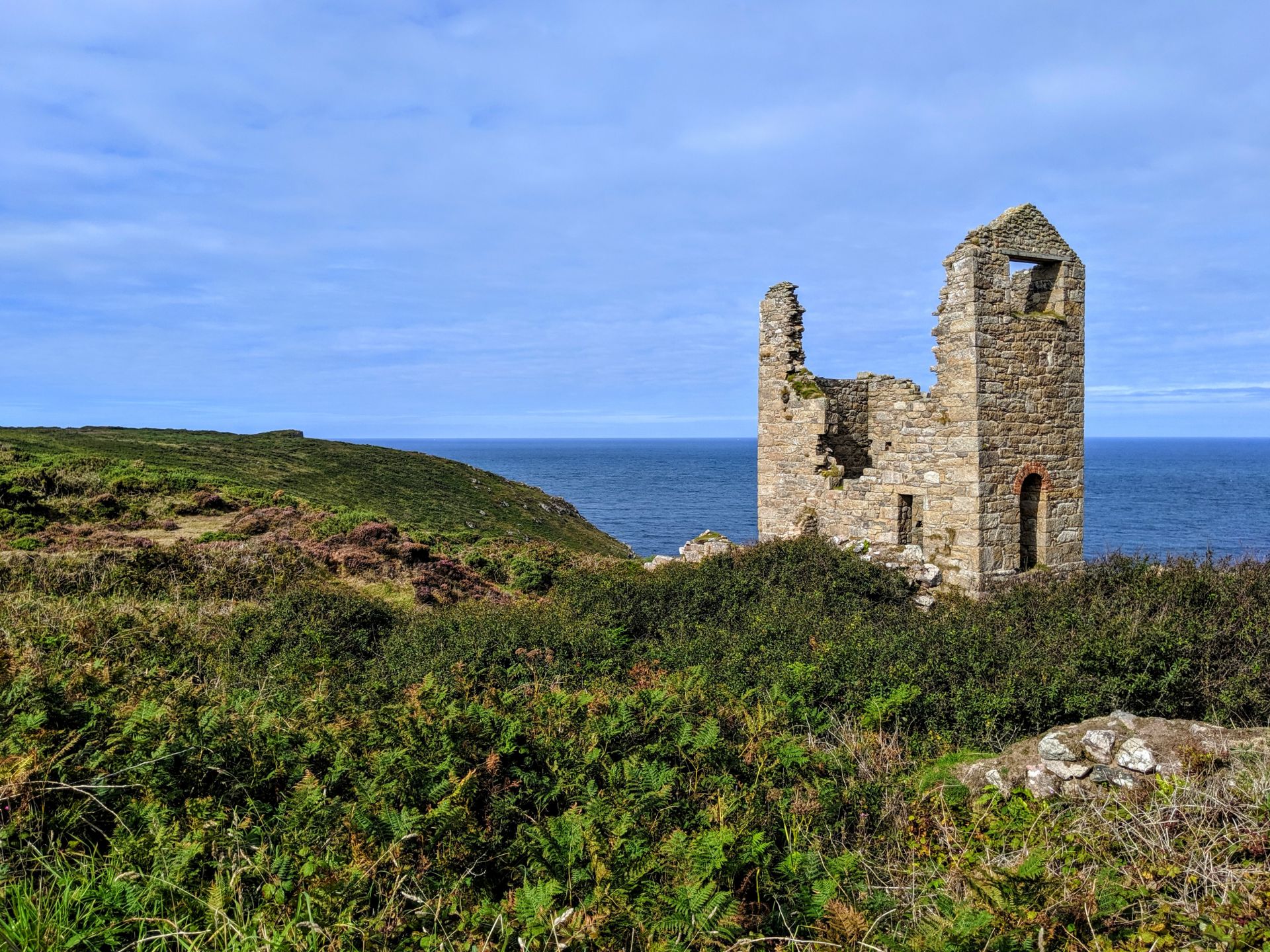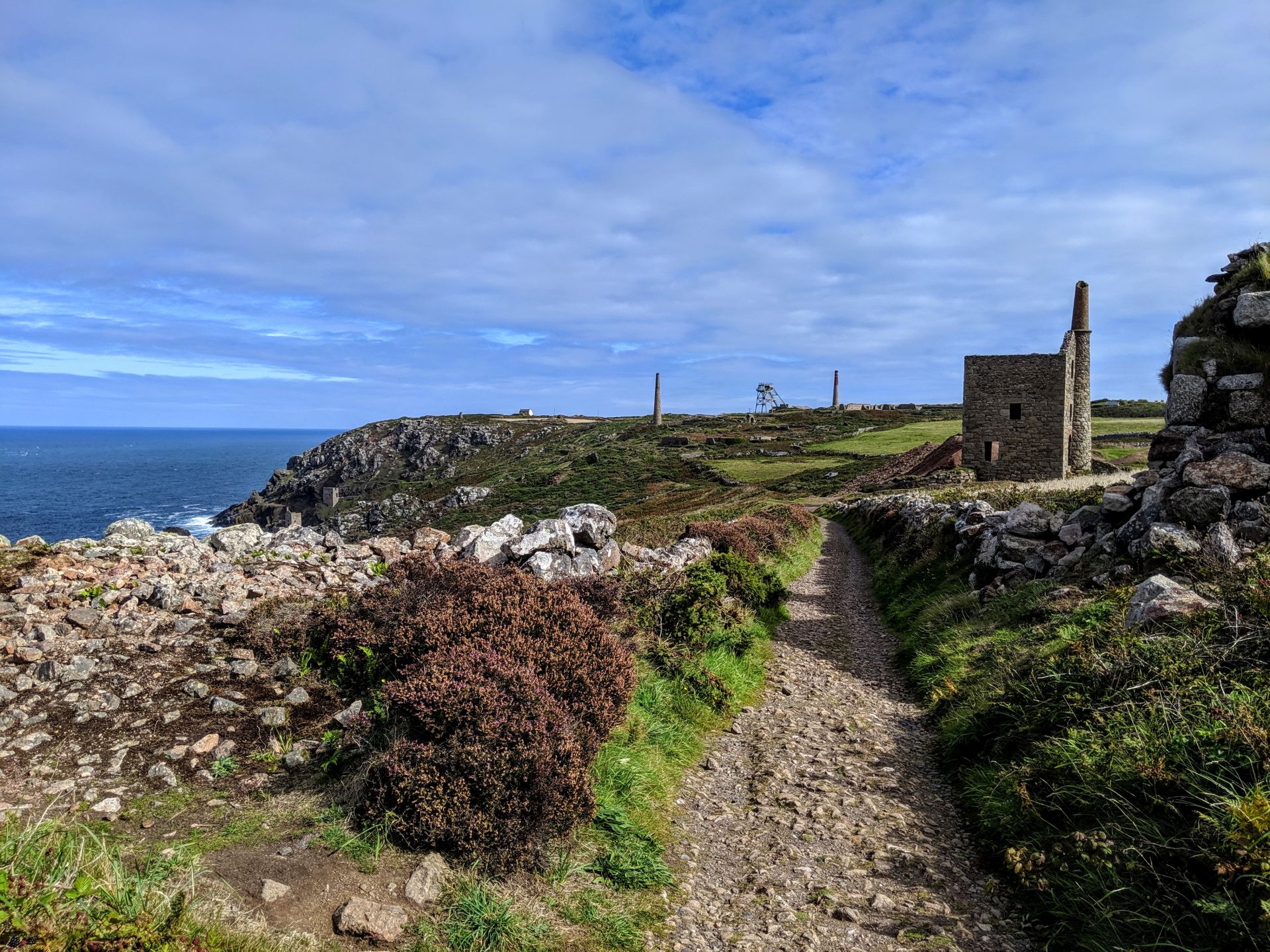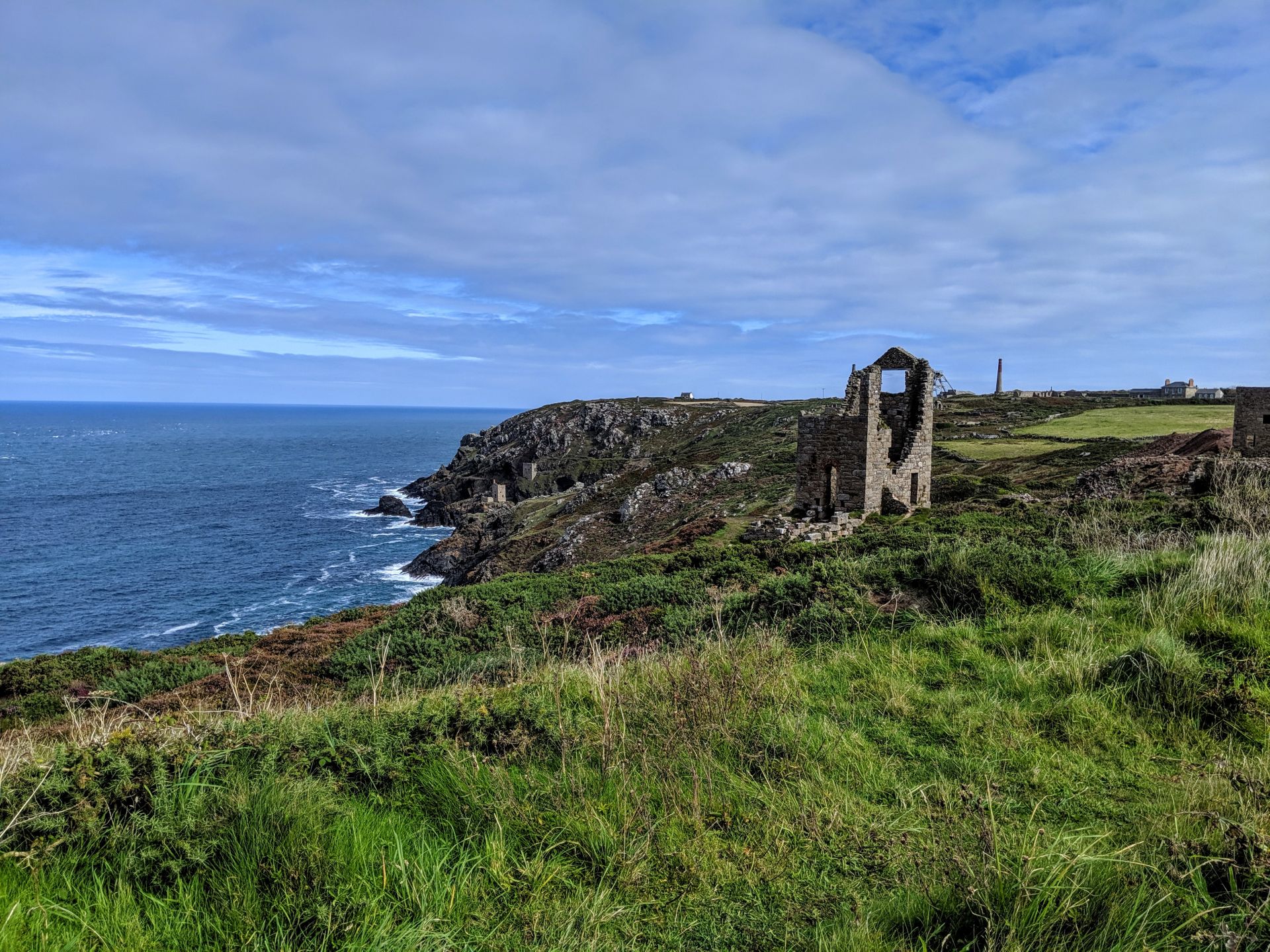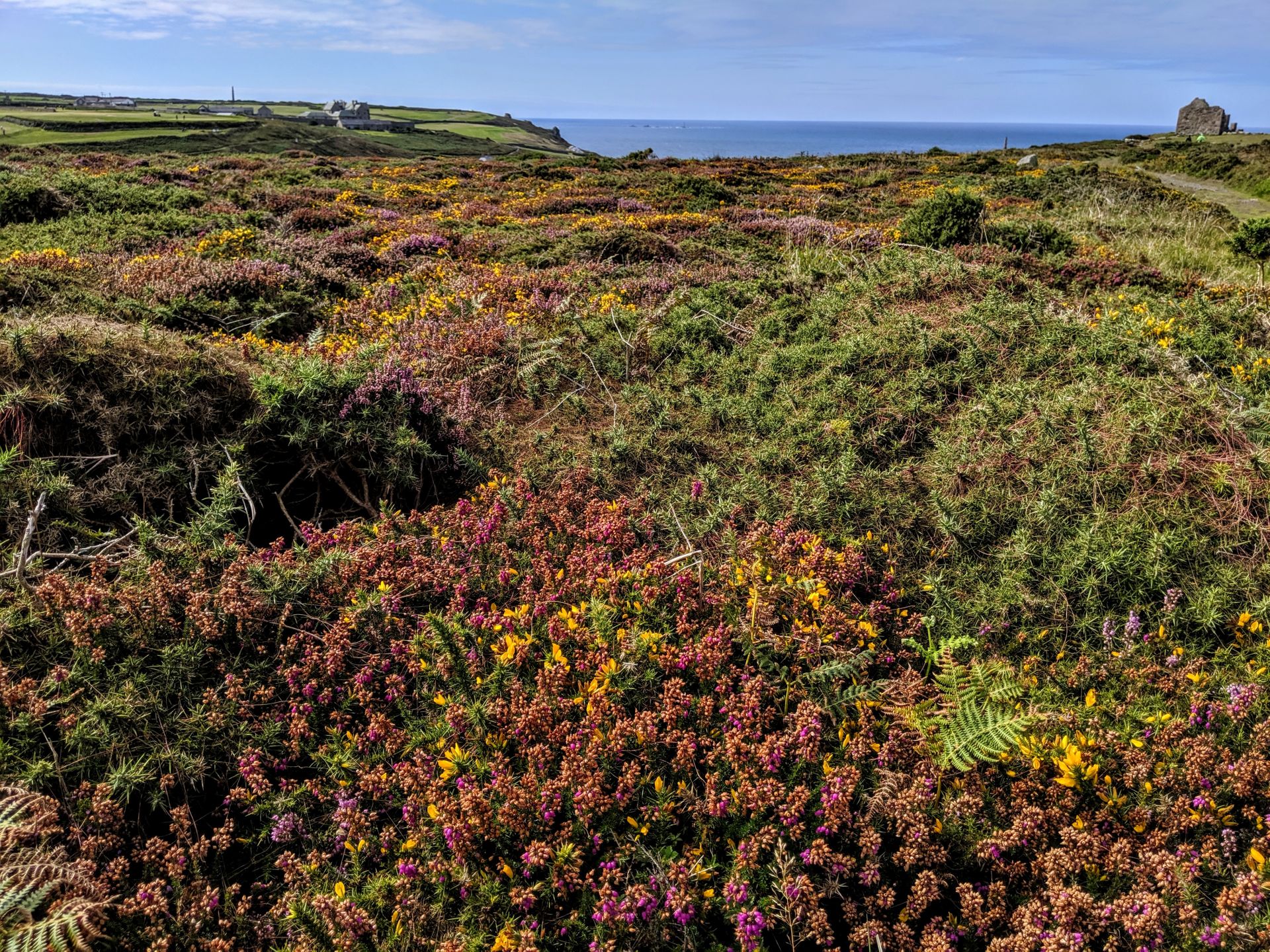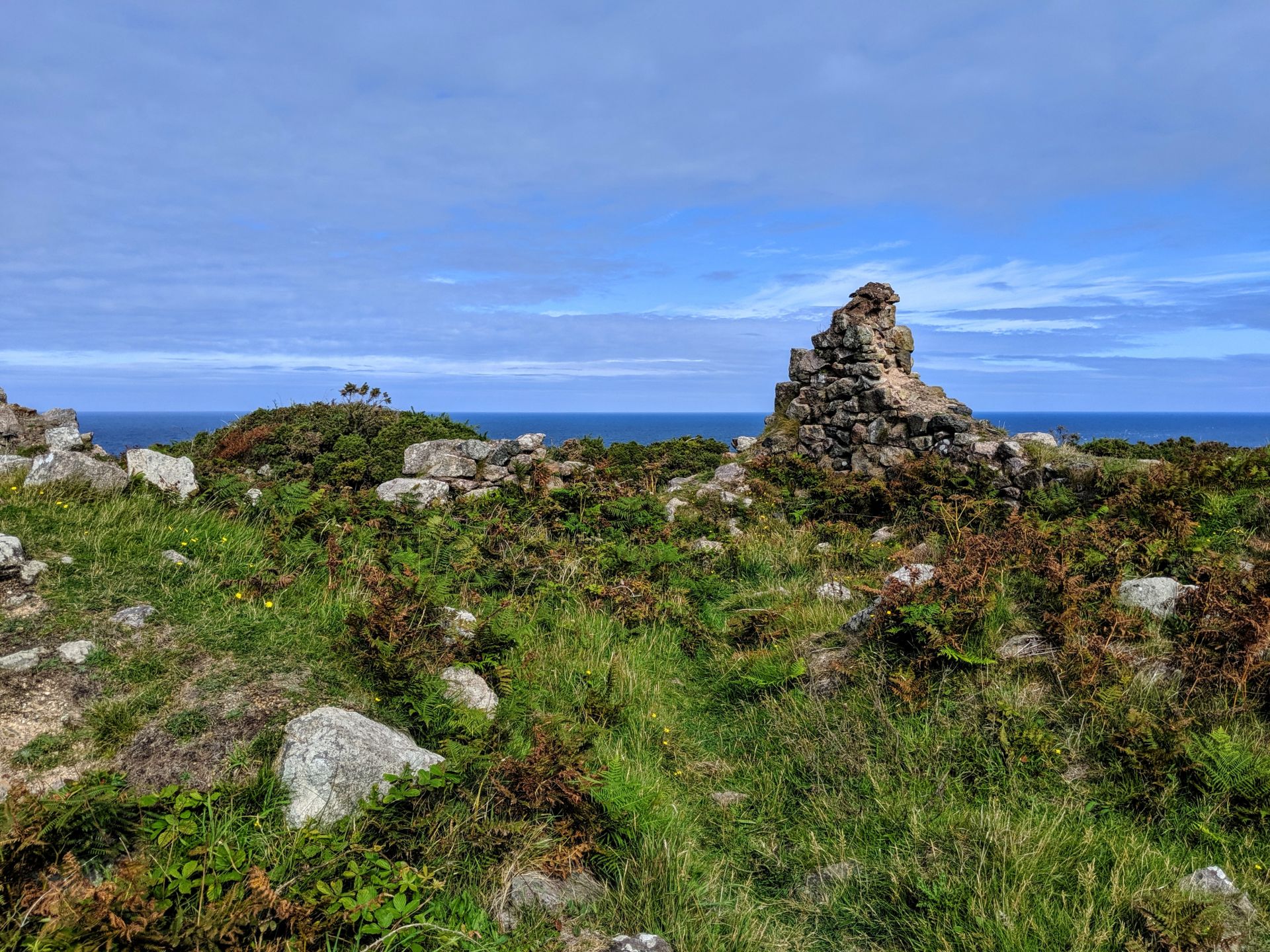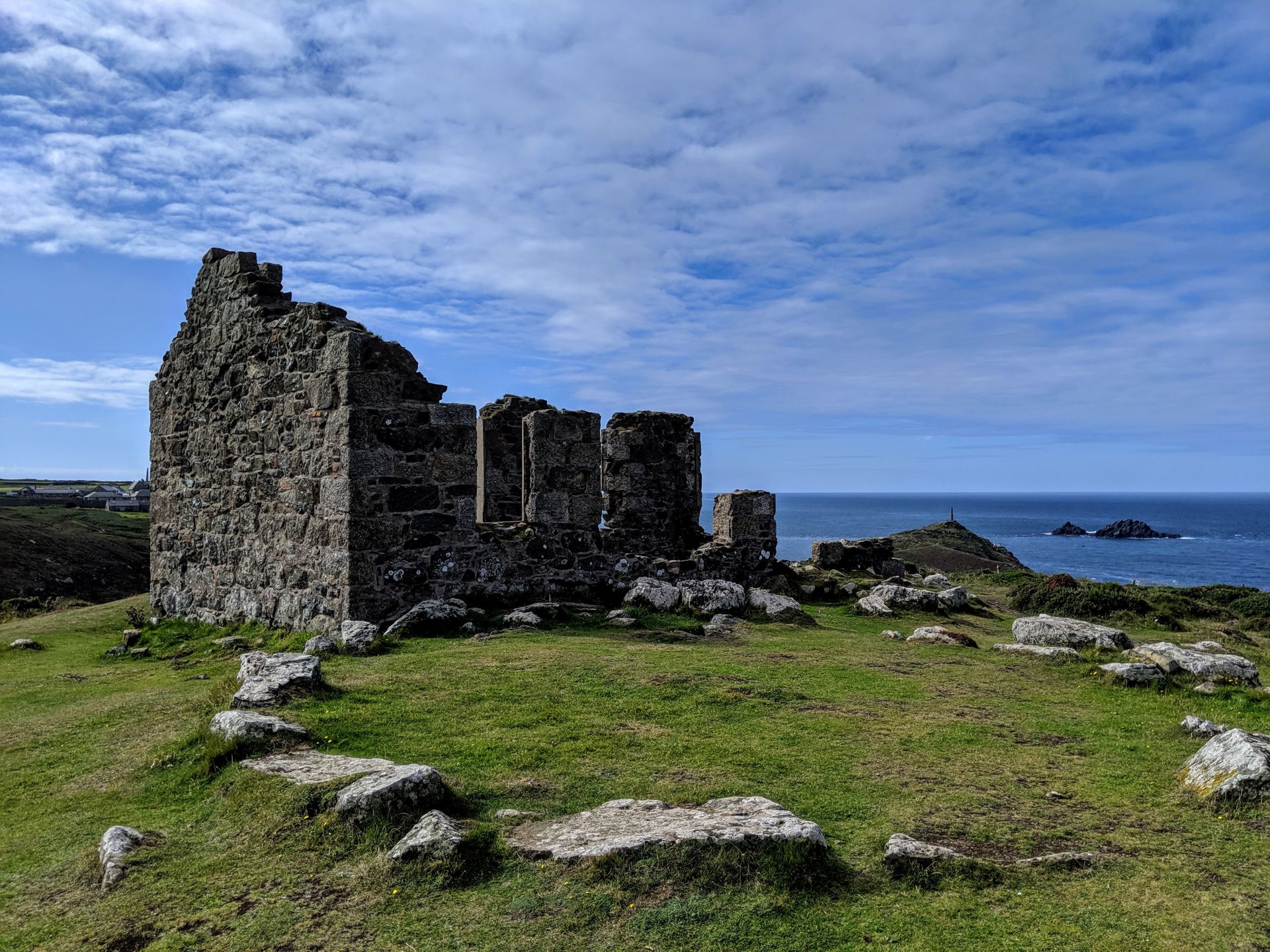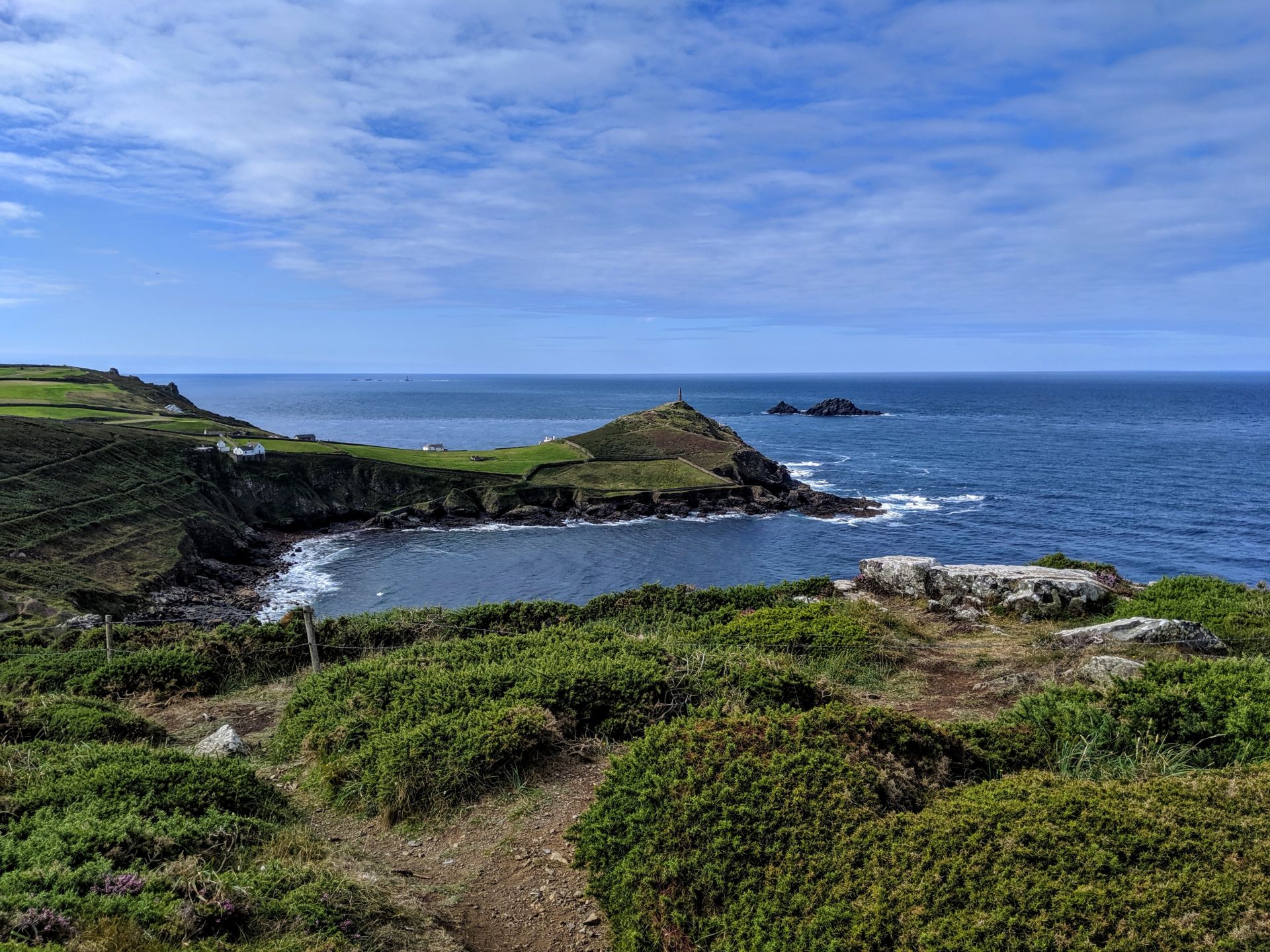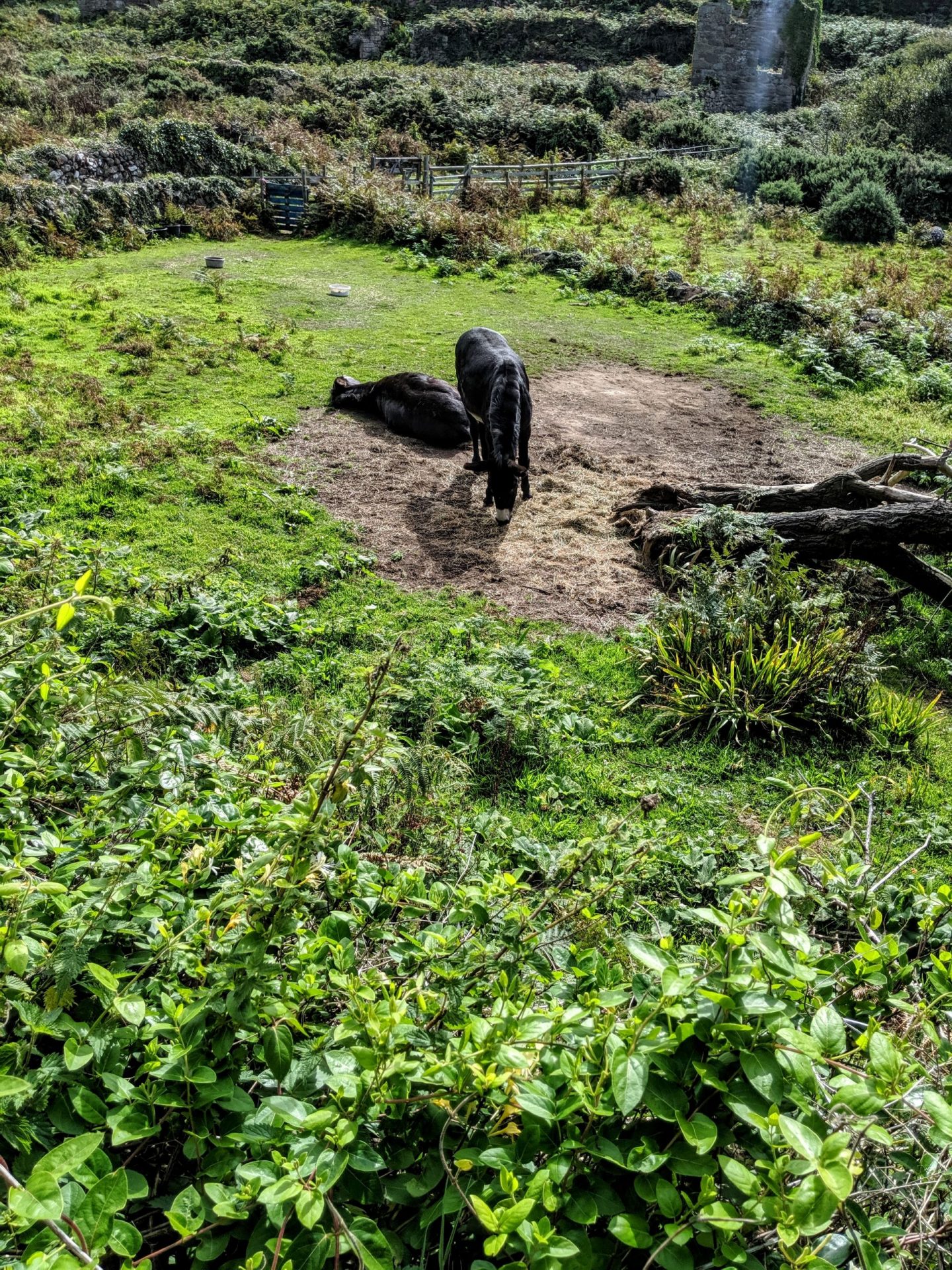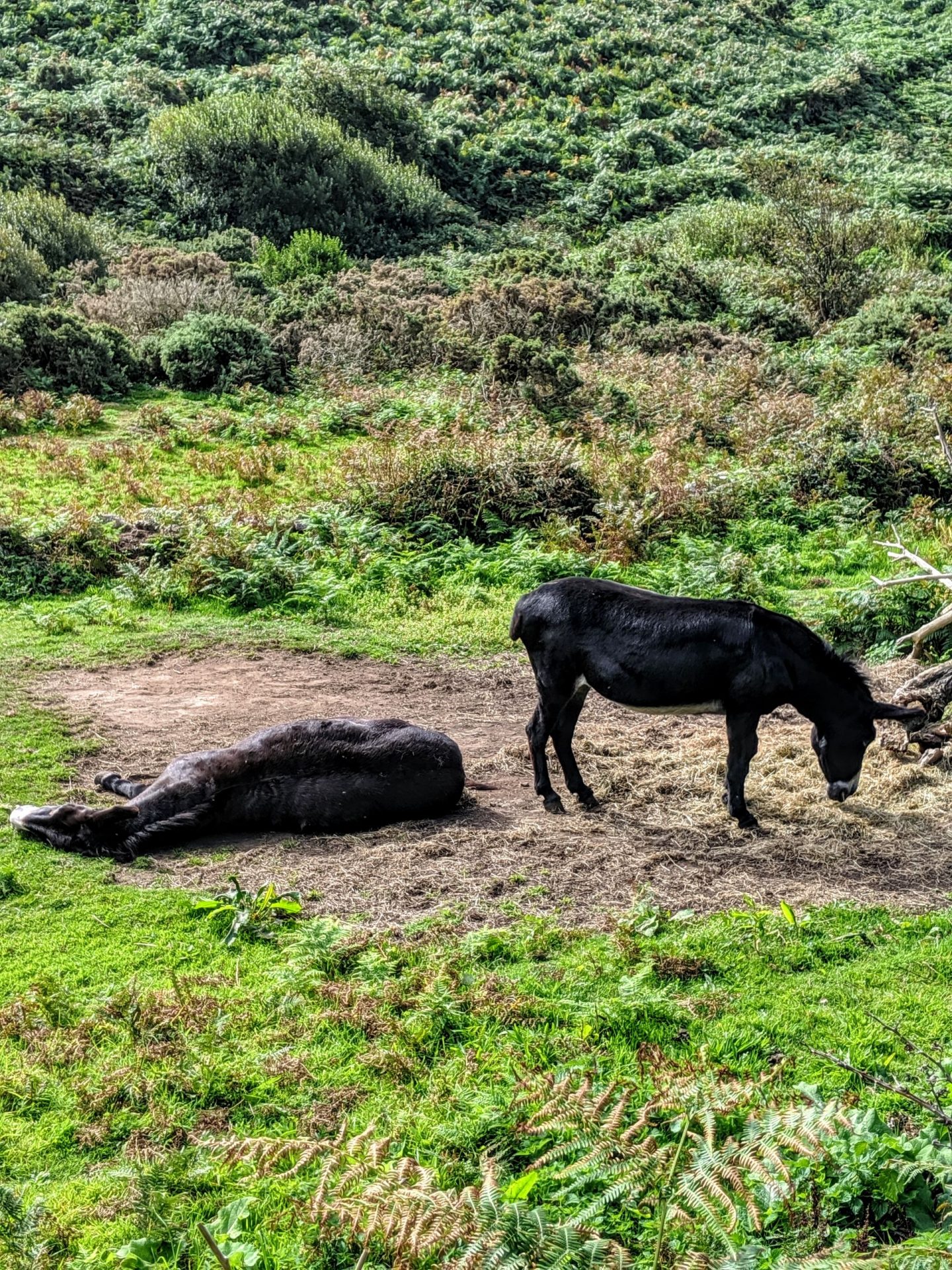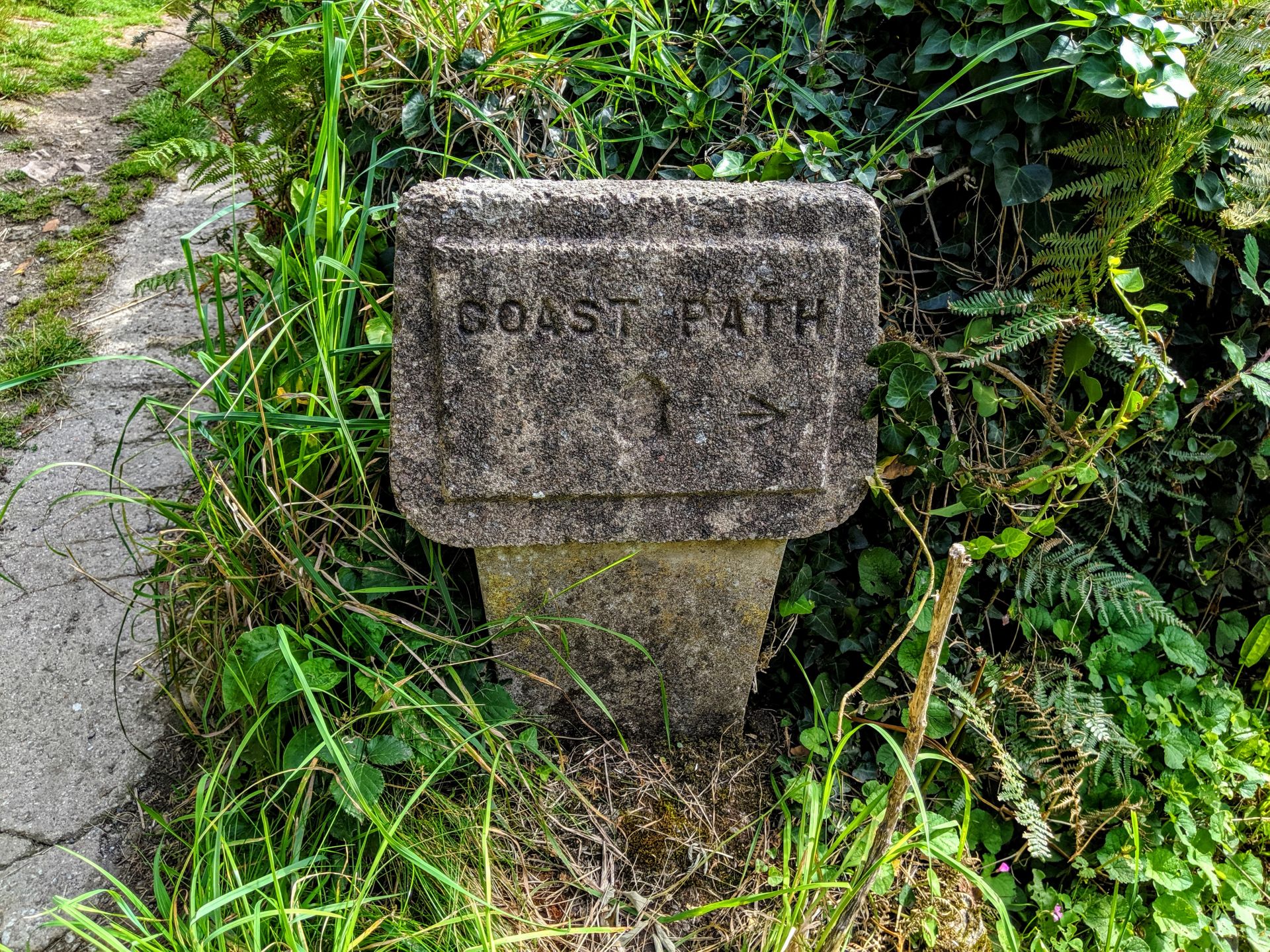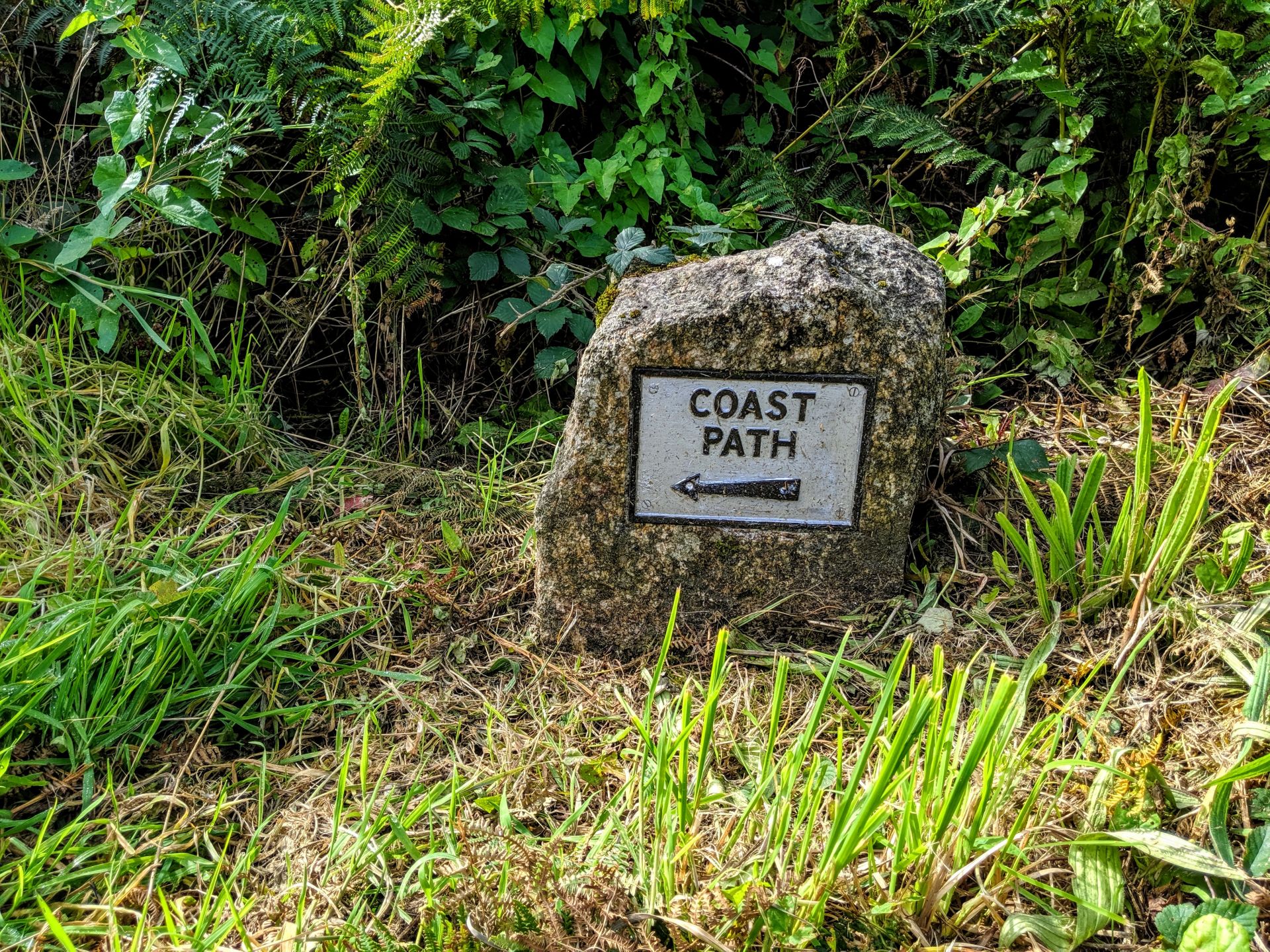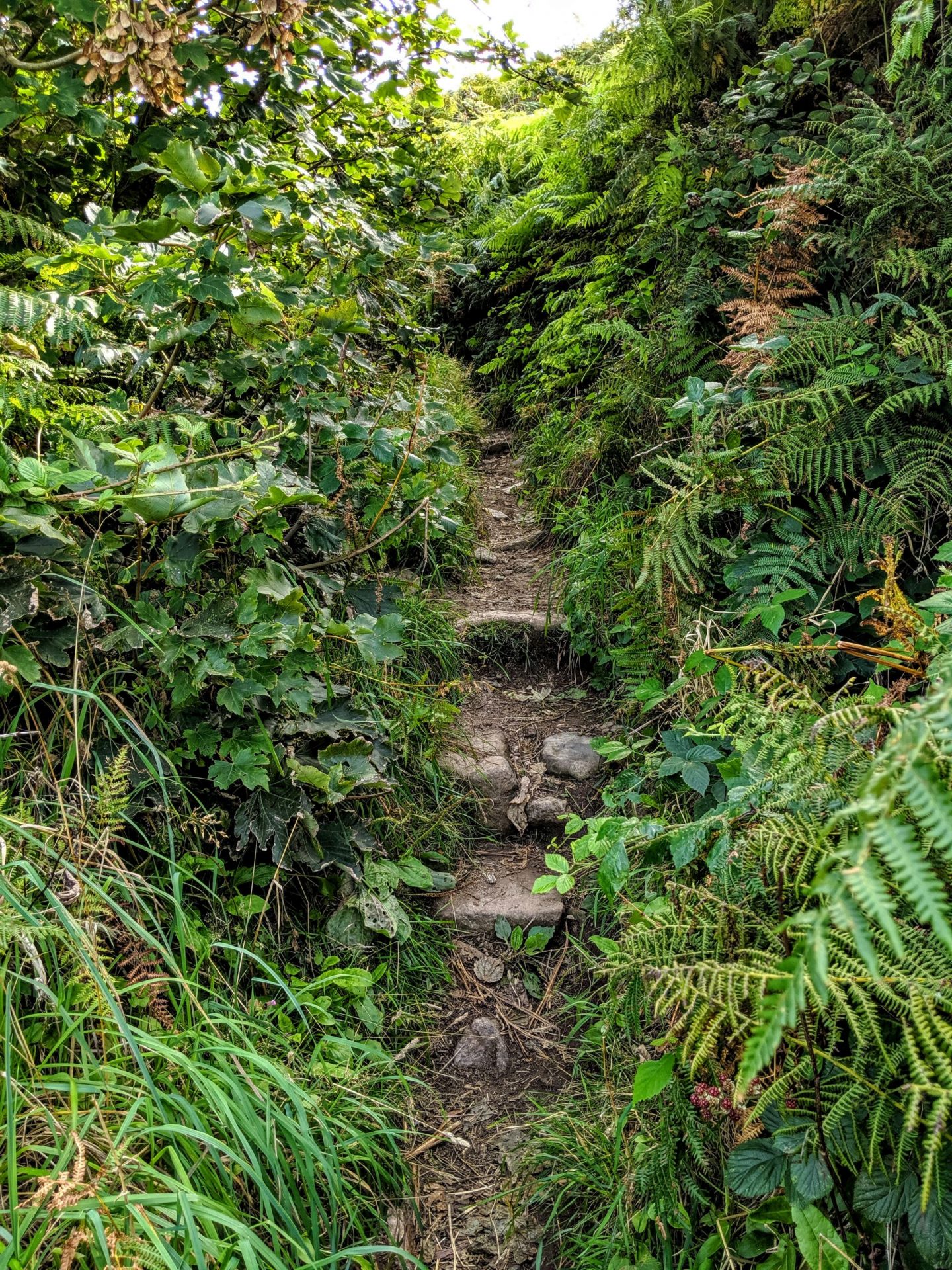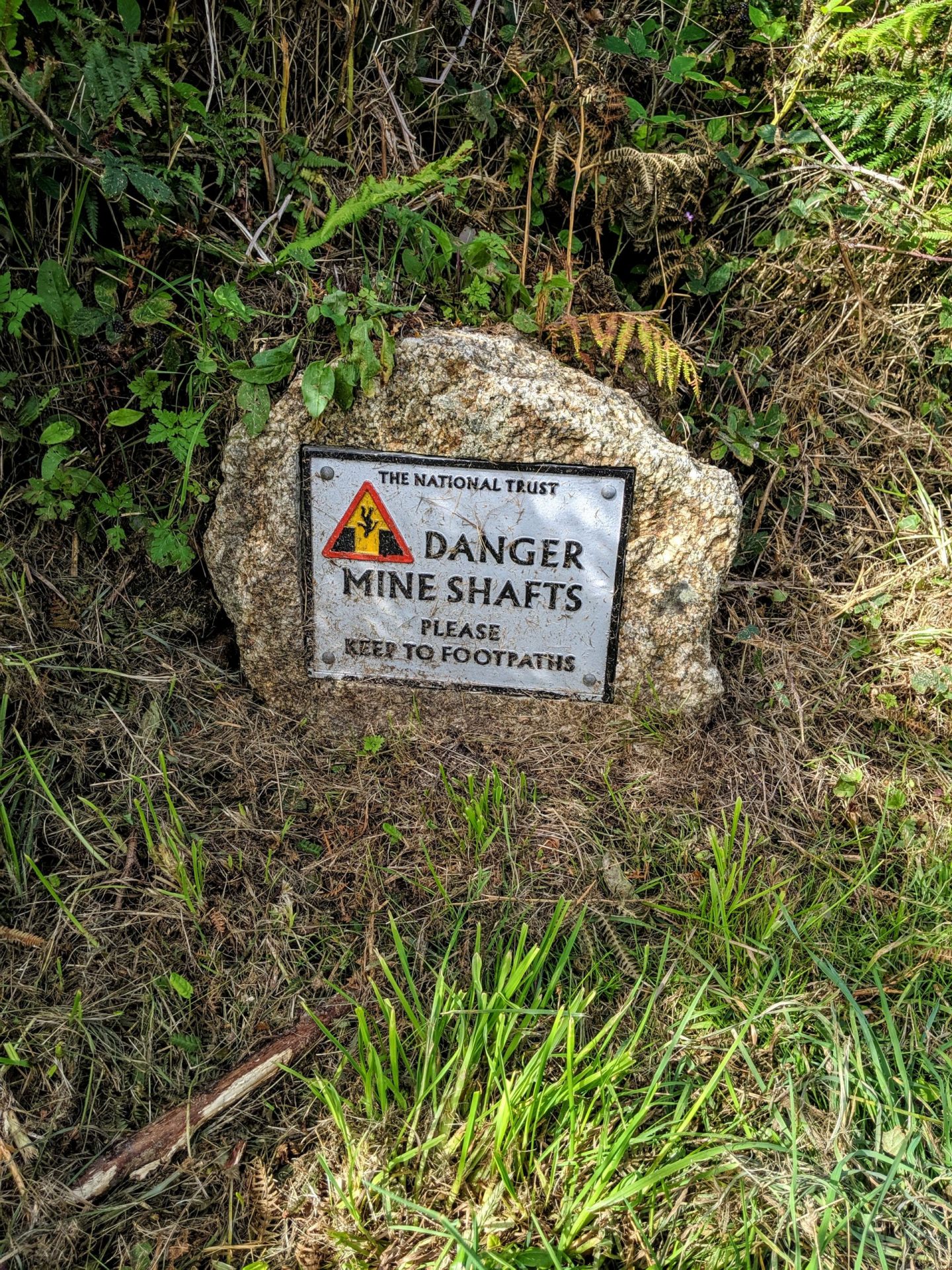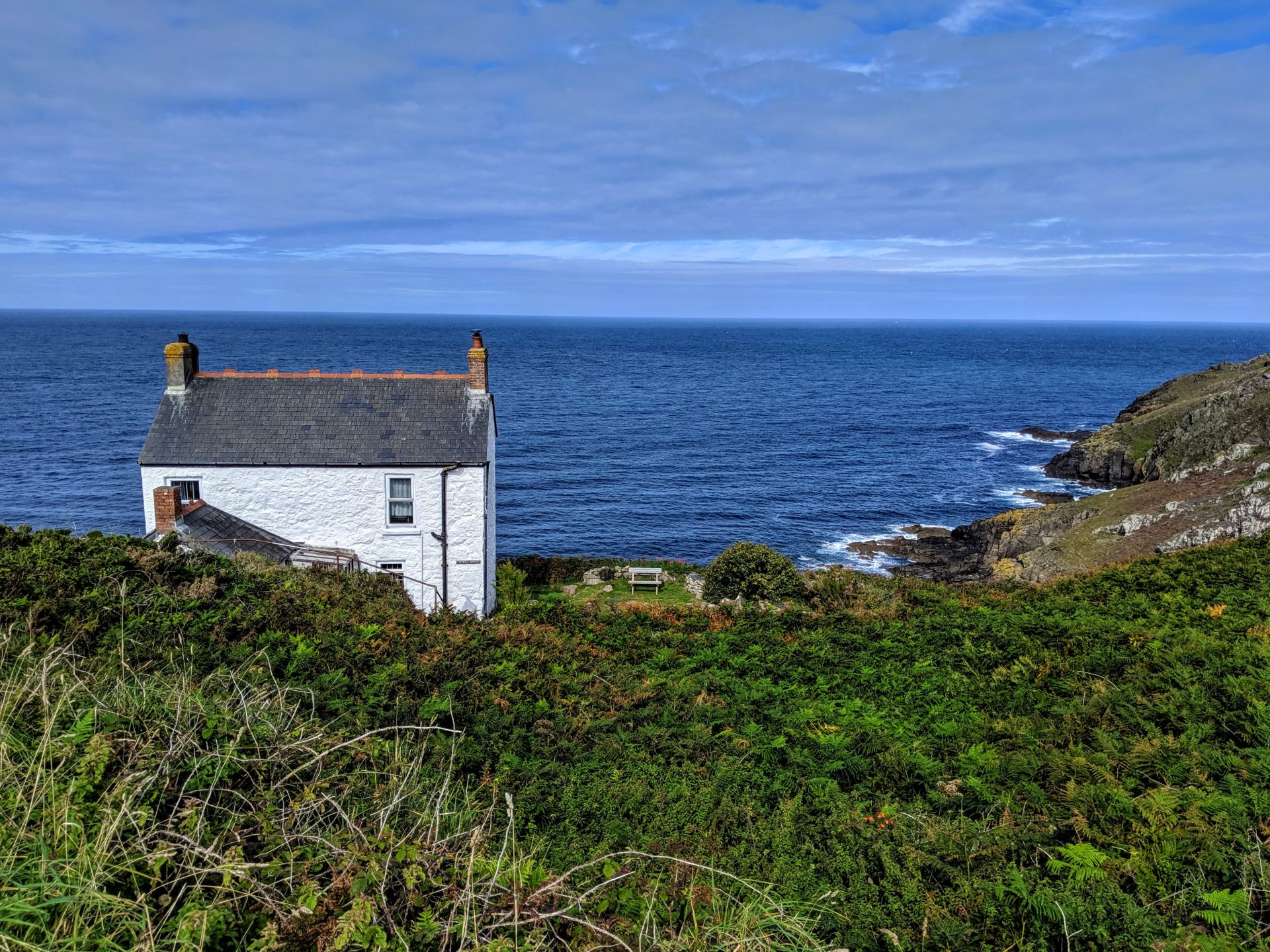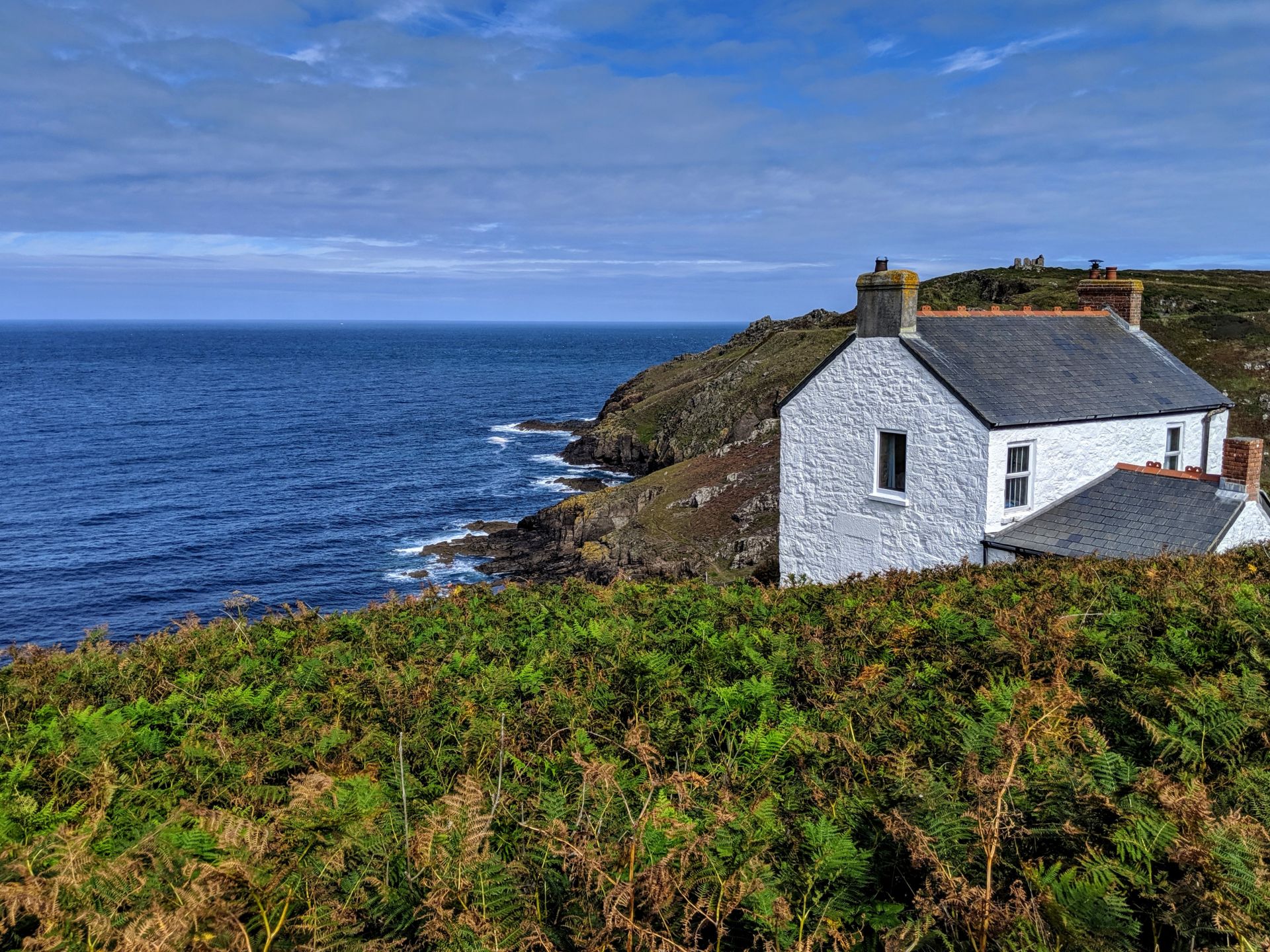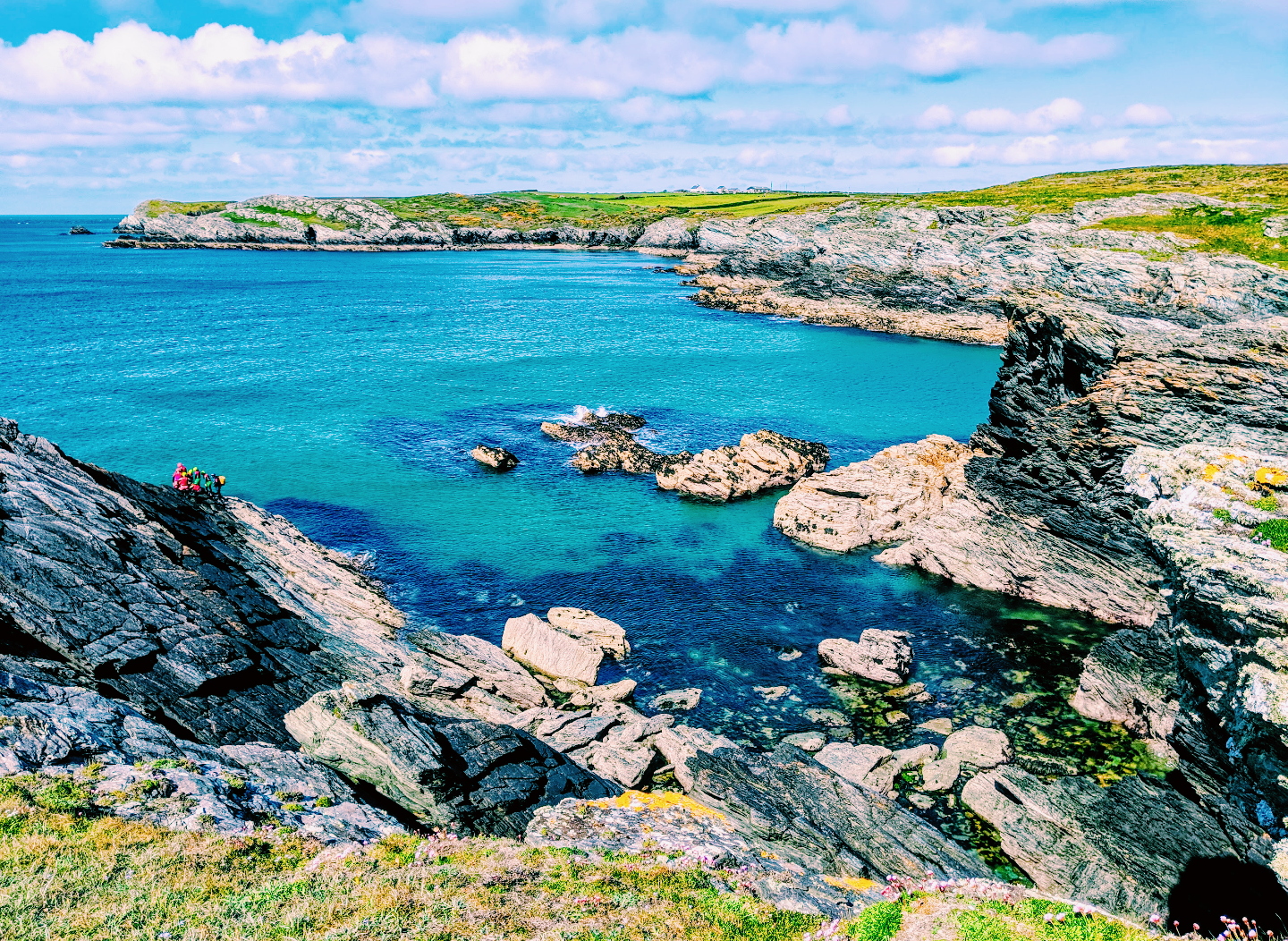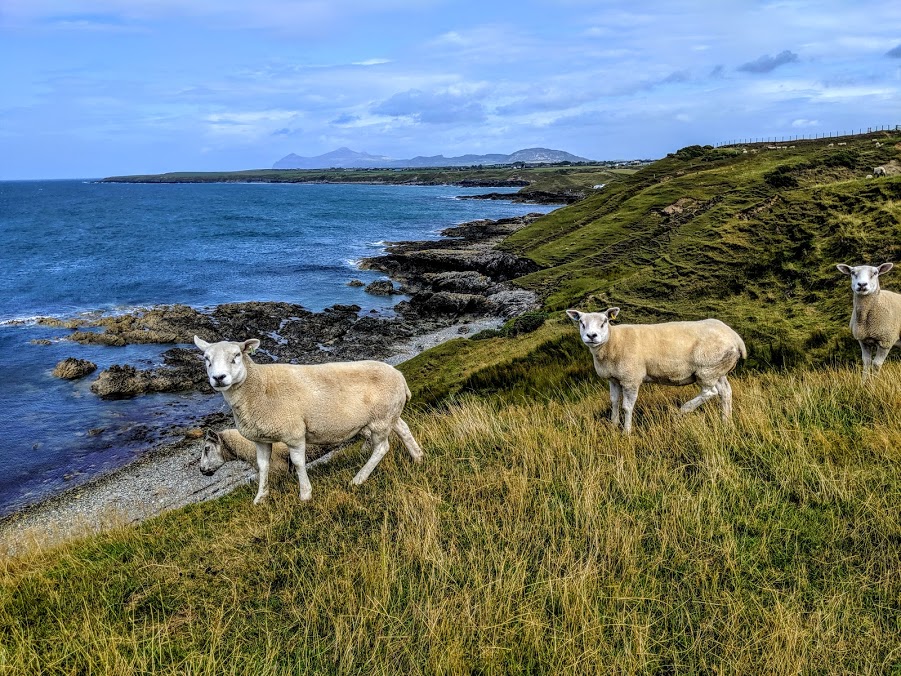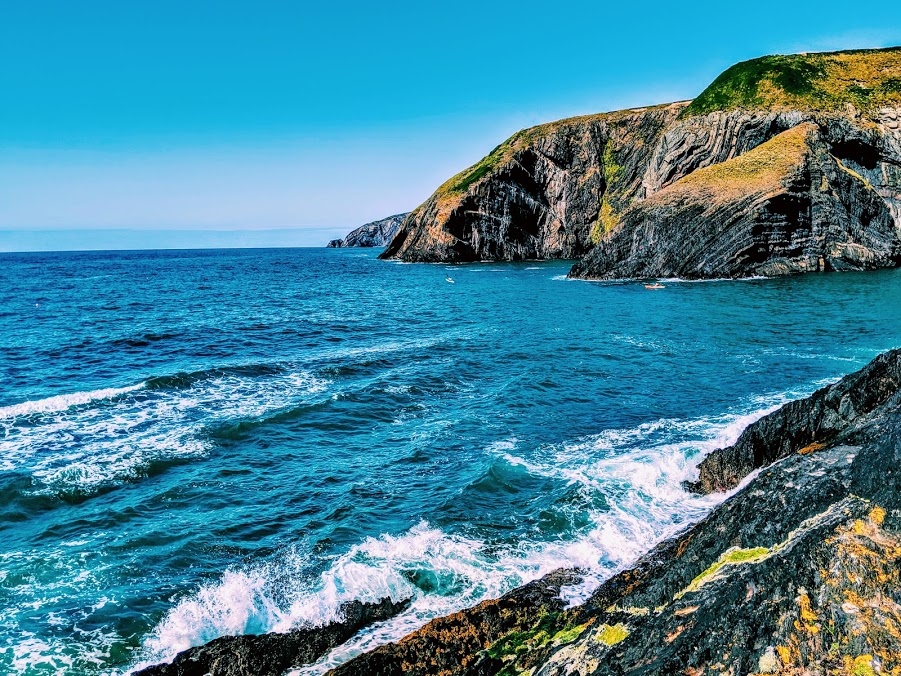“Of all the paths you take in life, make sure a few of them are dirt.” – John Muir
So day two came around and to be honest I had no time to stop and think about how my legs felt, I had a 5am alarm to be able to get to the start of the days walk. I had tickets to the theatre that evening so needed to start walking early. This was also the shortest walk of the week at just nine miles. I was getting the bus from Sennon Cove to the start the days walk from Pendeen Watch, the bus was so early I was able to watch the sunrise over the sea at Sennon Cove, Even though it was four weeks ago I still remember how lovely the bus driver was, this was a community bus and I was the only passenger as he drove me along the coast he pointed out all his favourite areas and stops, it melted my heart!
First things first despite an amazing start to my morning with the sunrise, cake and a lot of tea it quickly turned into a deep rage within me when despite finishing at Pendeen watch only 12 hours earlier I spent the next two hours of this morning trying to find the start of day’s walk! I kid you not, I could see the coast, I just couldn’t find the path. I took every single possible path/walk I could find but just couldn’t get to where I needed to be. I considered for a good 15 minutes just giving up, getting a bus back to my car and trying again the next day. Luckily it wasn’t the option I went for, instead I decided to hop a few fences and just run across farmers fields until I got to the actual path!! Wish I had done that two hours earlier!
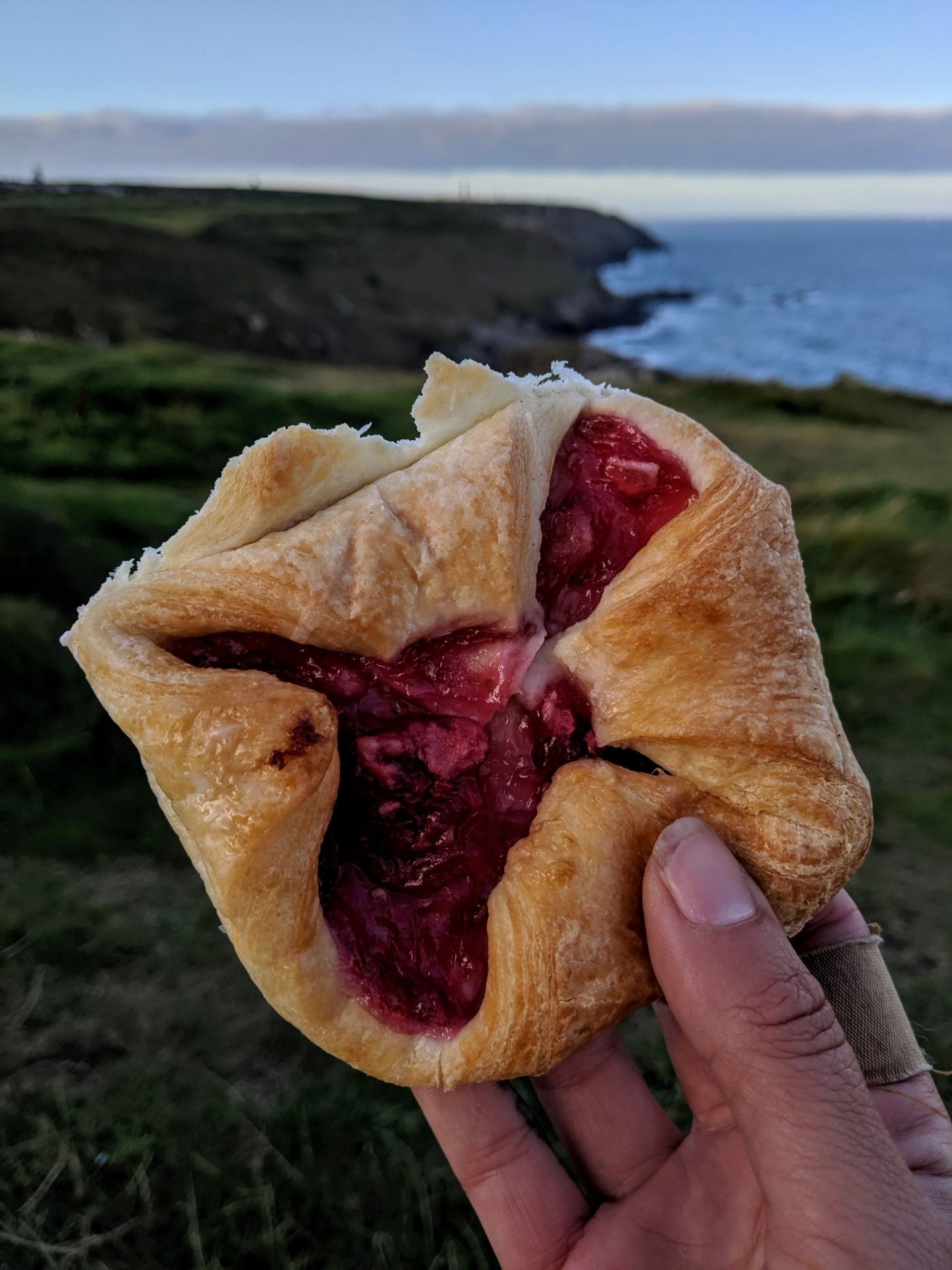
The Coast Path takes you from the remote, gleaming lighthouse at Pendeen Watch along the rugged paths of the Granite Coast to the beautiful sweep of golden sand at Sennen Cove. Taking in part of Cornwall’s oldest mining district and leading around Cape Cornwall where the Atlantic currents split, the path is a mixture of easy open walking along the high cliff tops and short, rough ascents and descents.
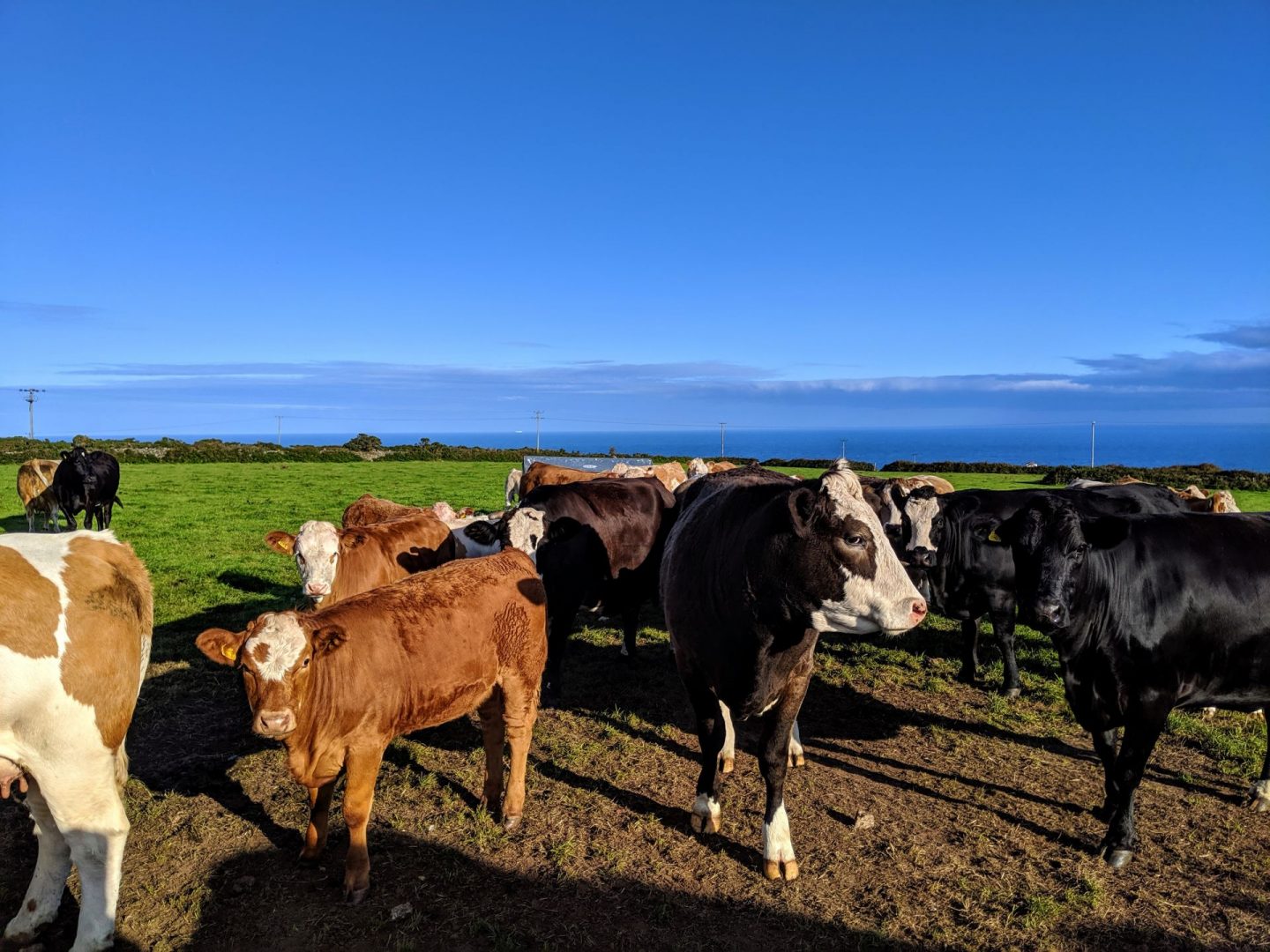
Pendeen Watch lighthouse has been guiding ships through this area for over a hundred years, its fairly squat white tower measuring 17 metres. Built at the turn of the 19th century, much of the rocky outcrop of the headland had to be removed to accommodate the lighthouse, fog horn and keepers’ cottages. Originally oil fuelled, the lamp became electric in the 1920s and the whole affair was made automatic in 1995.
Levant Mine and Beam Engine In its dramatic cliff-top setting on the edge of the Atlantic ocean, Levant was, for 110 years, ‘the queen of Cornwall’s submarine mines’ with undersea levels stretching over a mile out under the sea at a depth of over 600 metres. Today you can see the 1840 steam winding engine, restored by volunteers, in action every day; explore the surface workings with the help of one of our expert guides; walk down the tunnel to the man-engine shaft where the miners began their daily journey to work; try your hand at the work of a bal maiden or bal boy; discover more about about the compelling industry which has been at the heart of Cornish identity for centuries.
Kenidjack is one of the finest industrial landscapes in Cornwall, with engine houses perched on the edge of dramatic cliffs, Iron Age cliff castles and Bronze Age cairns. At this time of year spring flowers such as violets, campions and trefoils are really bursting into life on the cliffs.
The walk is unique as it follows an industrial landscape preserved by the St Just project, which ensured the survival of over 70 industrial sites, including two of the country’s best known mines. In all, an estimated 2,000 surviving shafts and 13 surviving engine houses have been saved and consolidated. The sites are safe but in a ruinous condition, so be careful. Along the way the walker might see peregrine falcons and the area is a stronghold for Cornish choughs which are breeding now in a secret location. Look for their distinctive red bills and listen for their ‘cheeow’ call.
The top of Kenidjack cliff was my favourite part of the walk because you get magnificent views along the coast to Cape Cornwall and, on a fine day, across to Isles of Scilly.
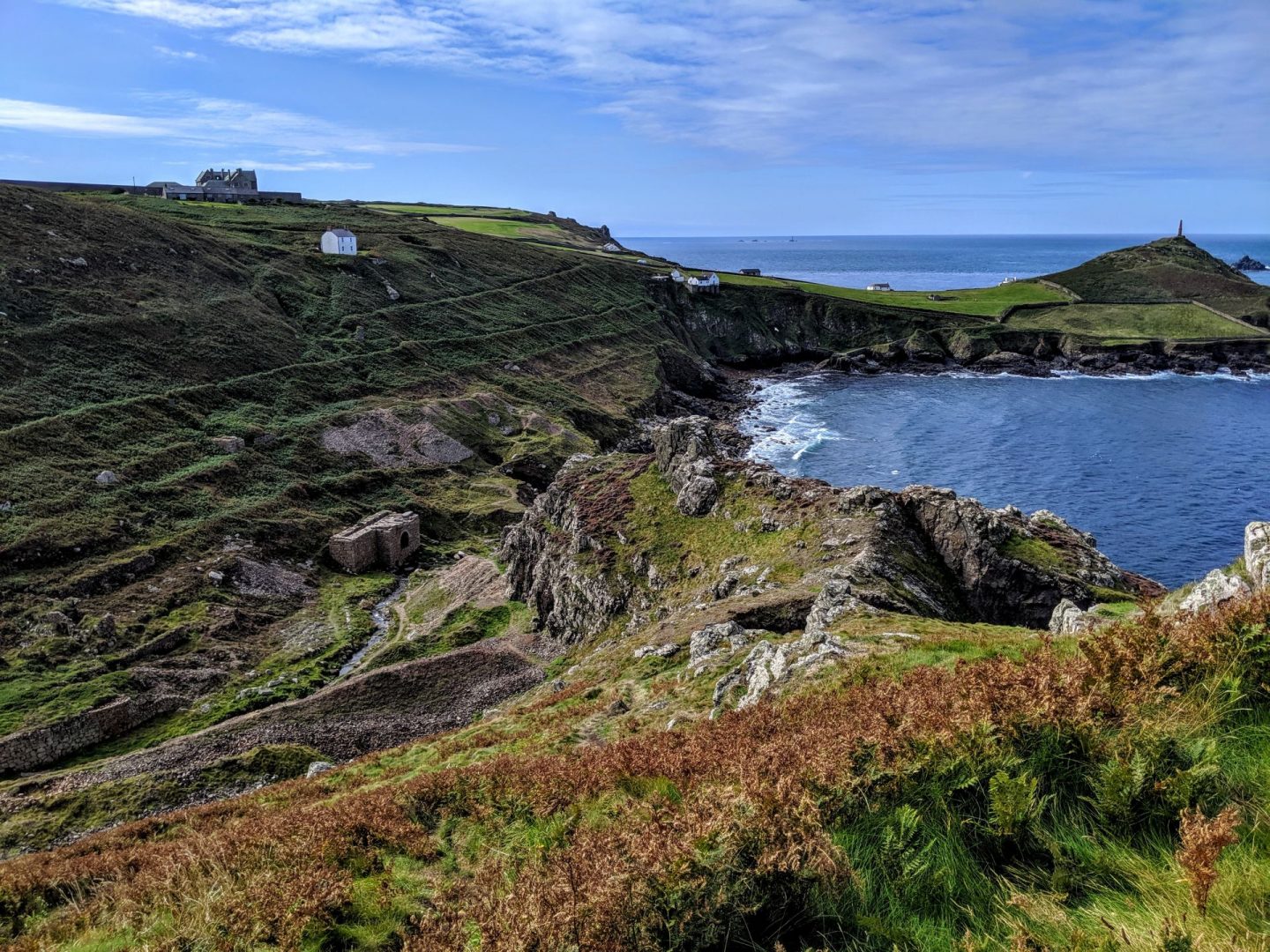
I stumbled across two donkeys enjoying the sunshine, they stole my heart!
Hightlights from the offical Southwest Coast Path website include.
• Pendeen Lighthouse opened in 1900 to aid ships along what was said to be one of the most dangerous stretches of coast in Britain. Part of the lighthouse can be rented as holiday accommodation through Trinity House and Rural Retreats.
• National Trust – Levant Mine and Beam Engine: built in 1840 by Harvey and Co. of Hayle, the mine is one of Cornwall’s oldest and is now part of the Cornish Mining World Heritage Site. After extensive restoration it is now steaming again and is open to the public.
• The ruined engine houses of Botallack, once used for extracting copper and tin, perch on the cliffs and the tunnels even extend under the sea.
• Kenidjack Castle and Arsenic Works: this historic headland is the site of an Iron Age fortification and a Bronze Age cairn circle, as well as being another important mining site.

Cape Cornwall is one of only two capes in Britain. Often referred to as the connoisseur’s Land’s End. Cape Cornwall marks the spot where the Atlantic currents divide. It was bought by Heinz for the nation as part of their centenary celebrations, and presented to the National Trust in 1987. There is a distinctive plaque at the summit to mark this gift. The chimney stack dates back to 1894, when Cape Cornwall Mine was in operation, extracting tin and copper from out under the sea. Now, the site is part of the Tin Coast and Cornish Mining World Heritage Site.

